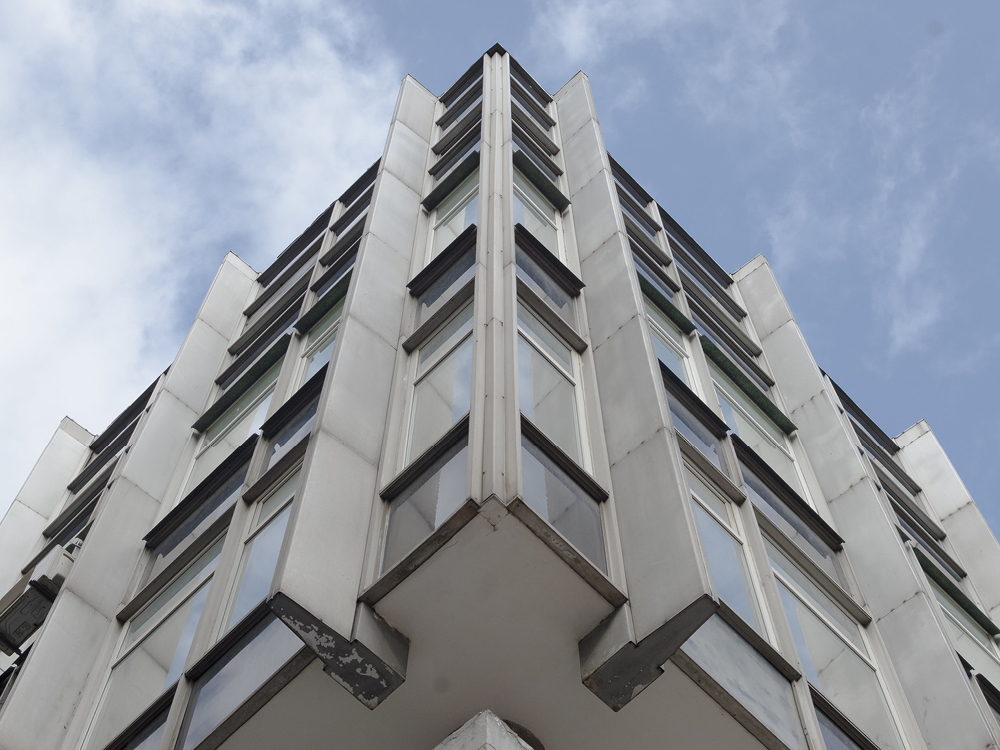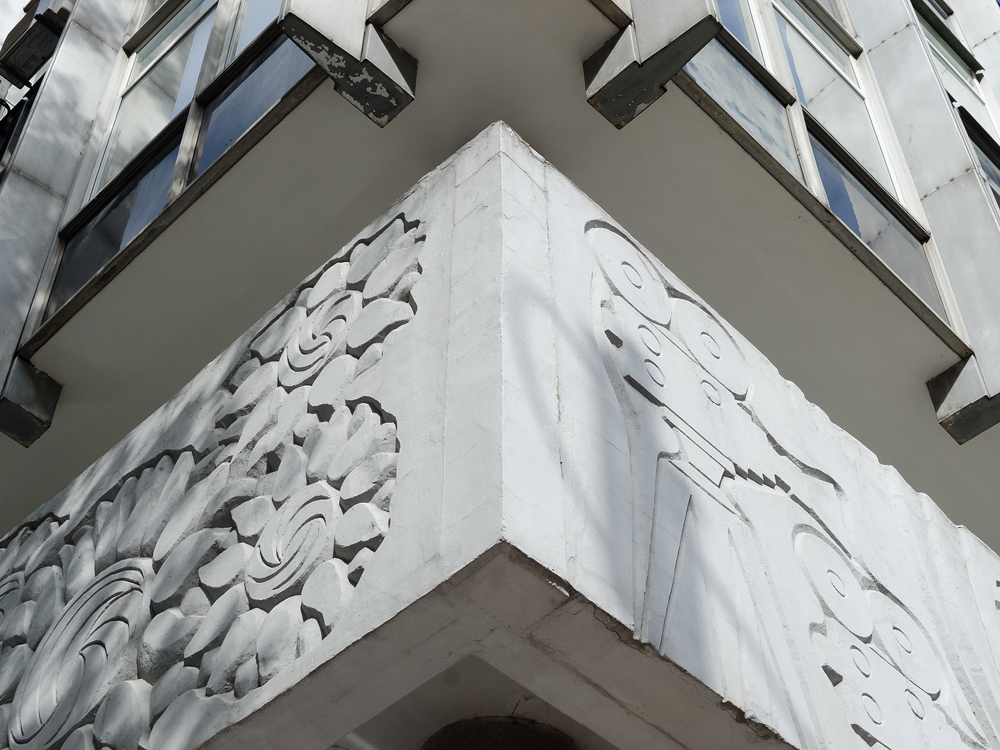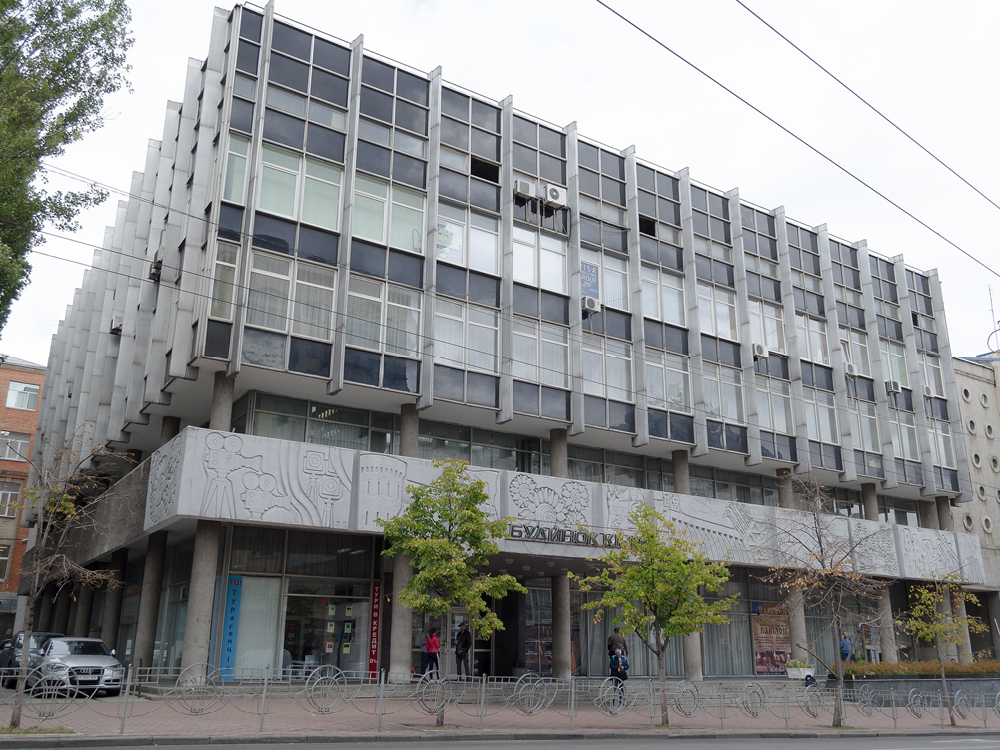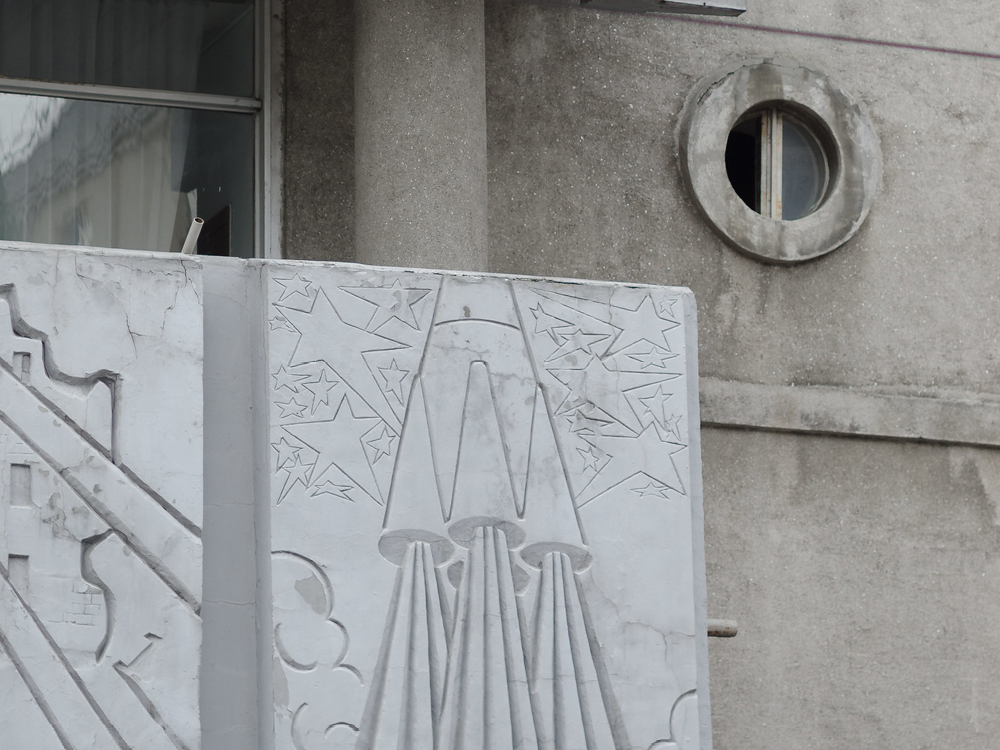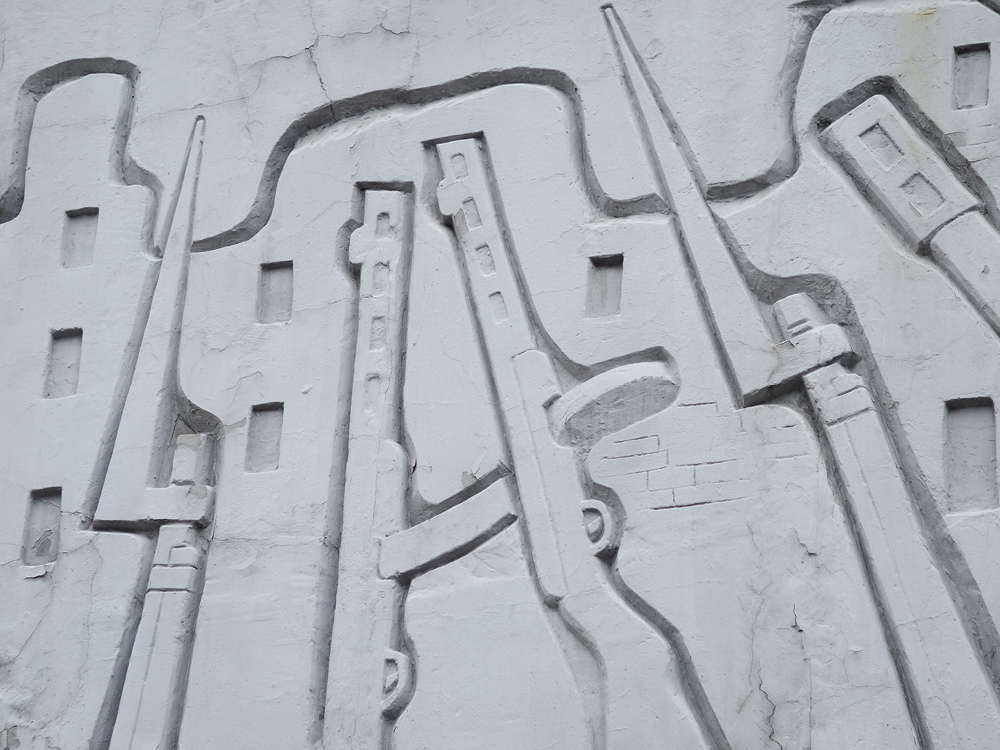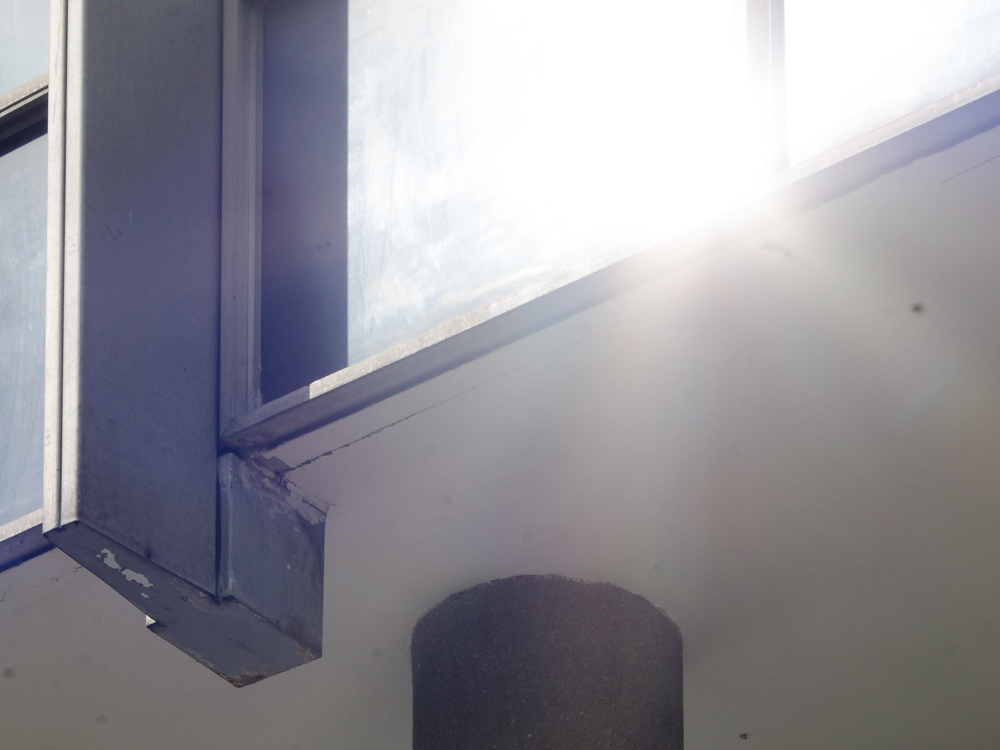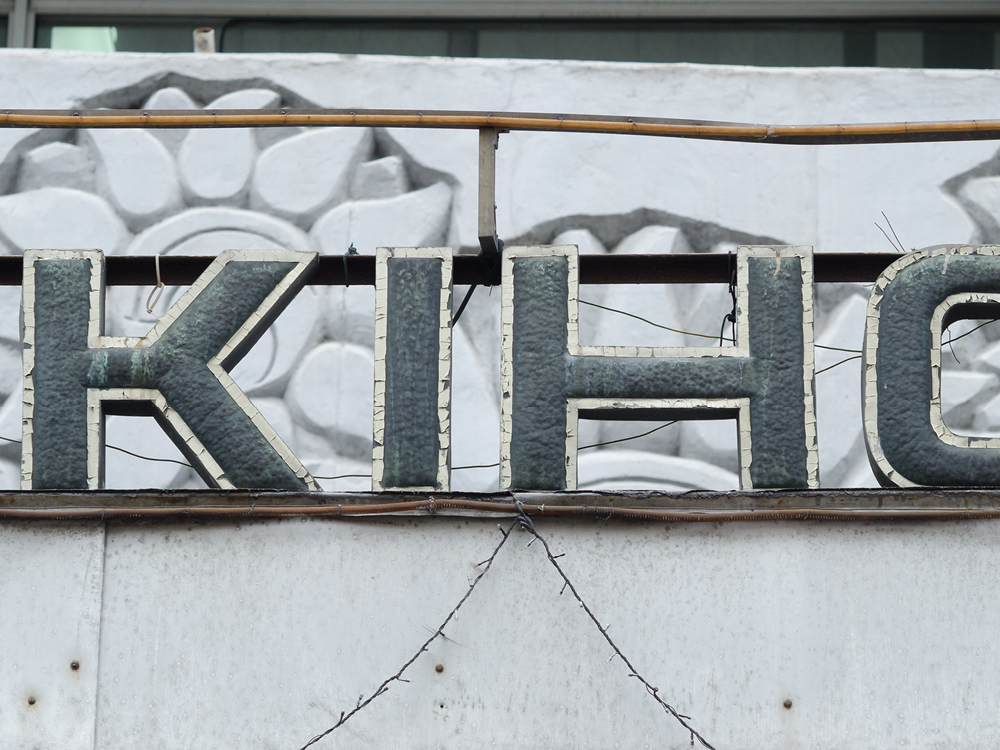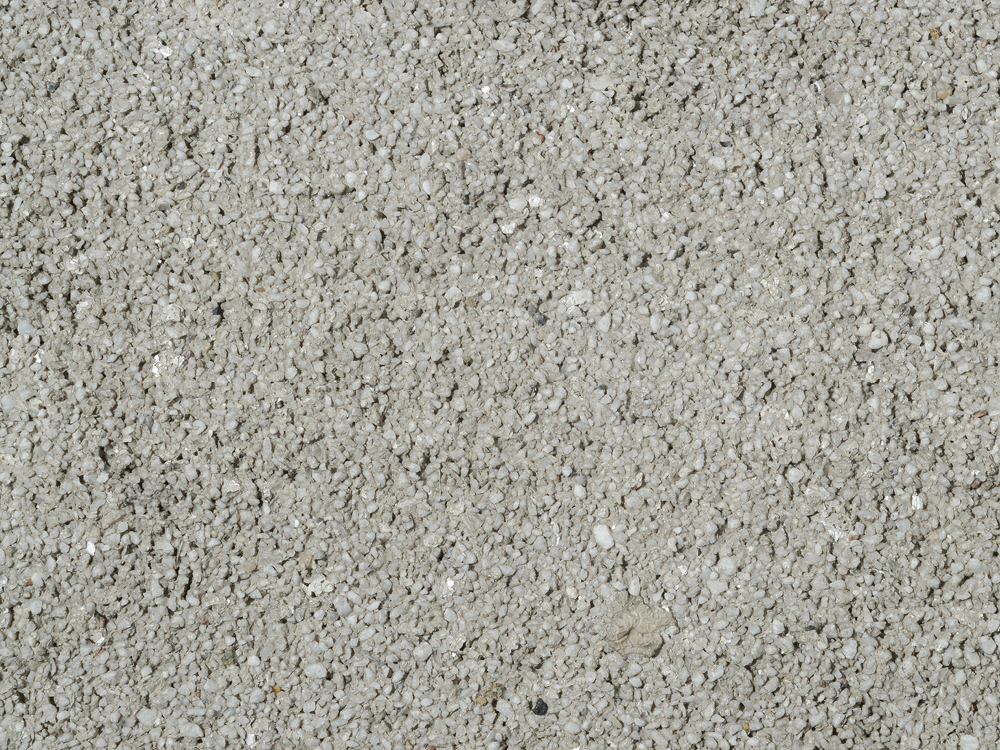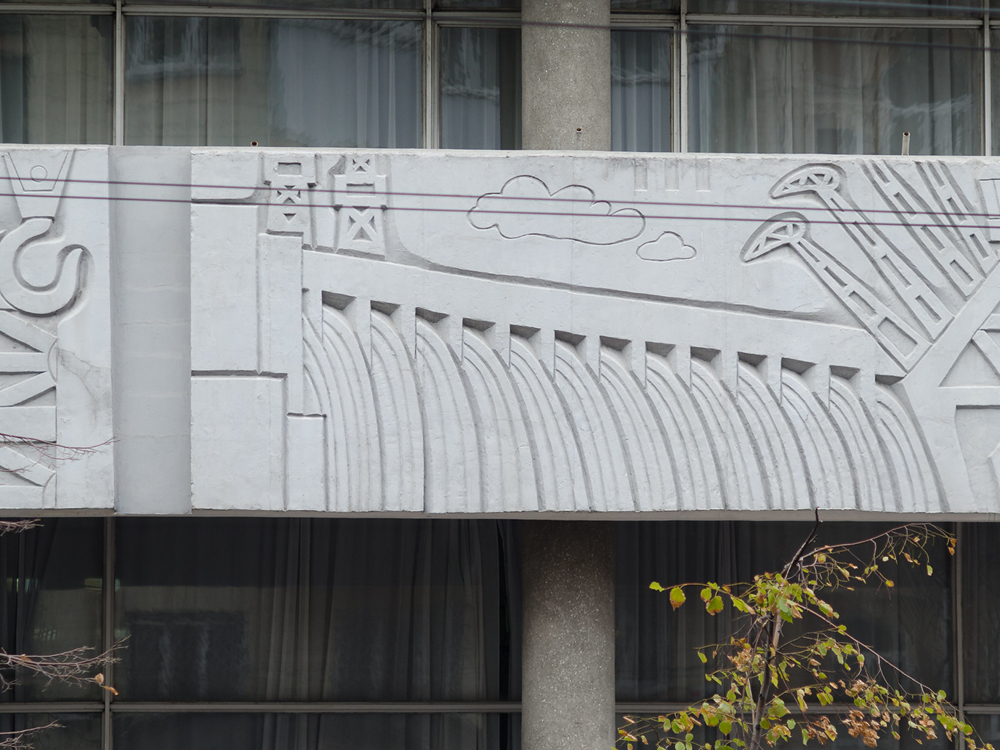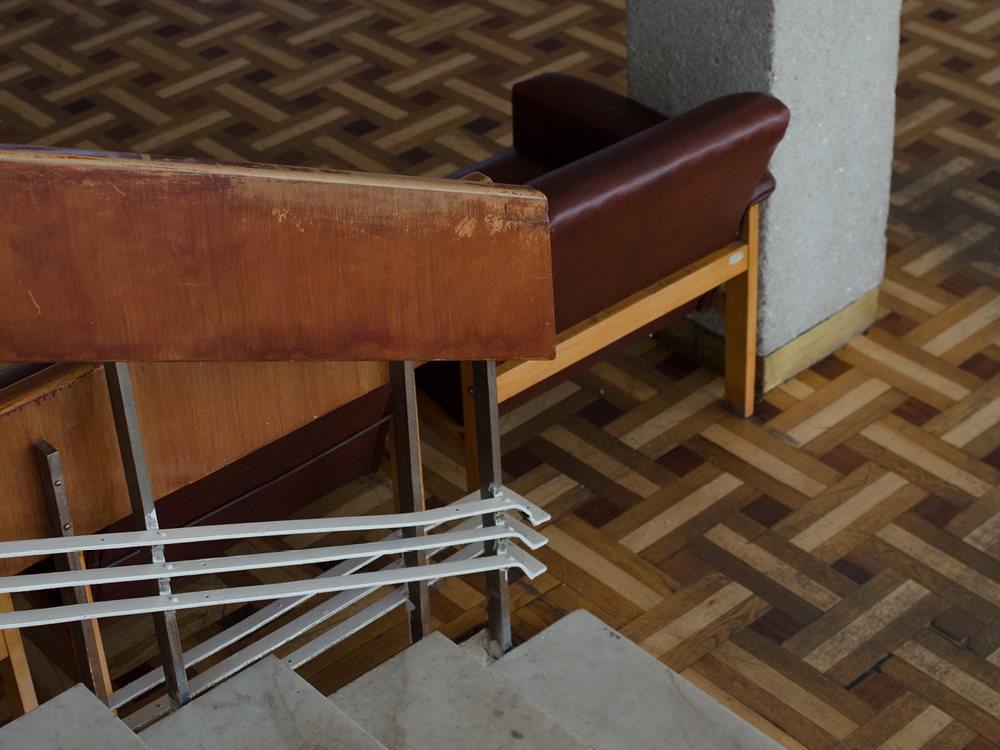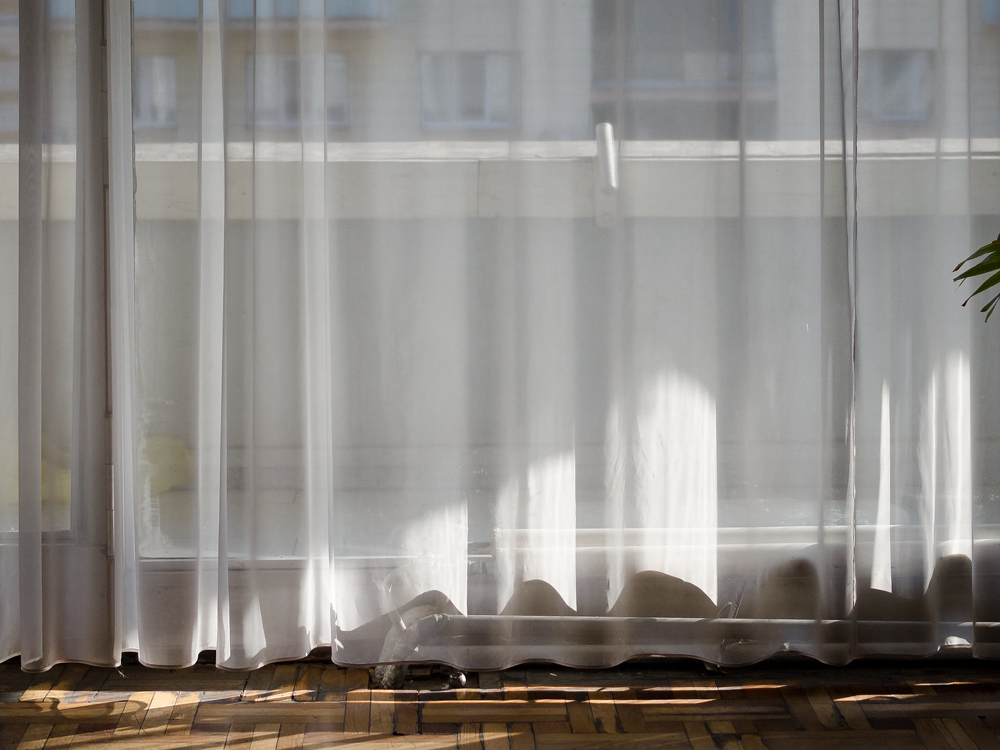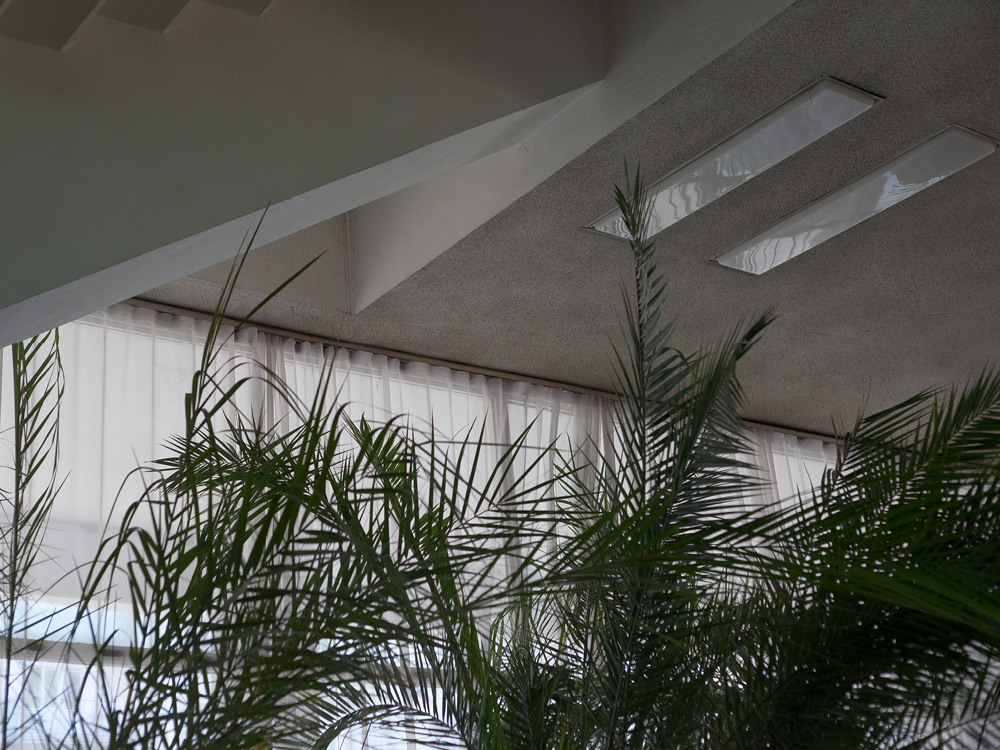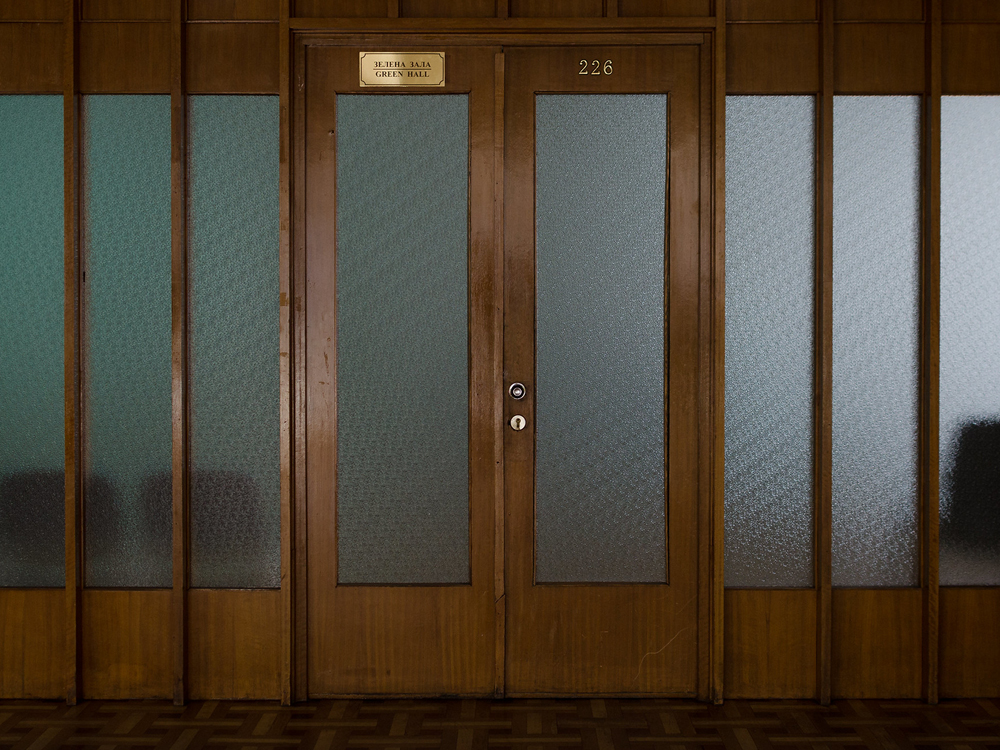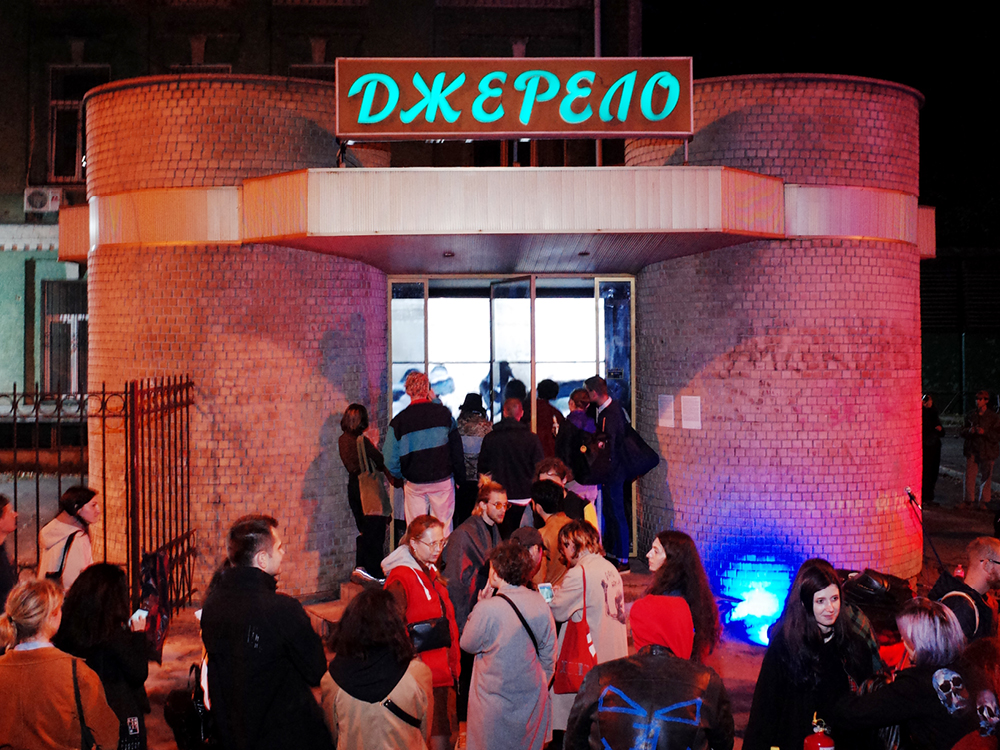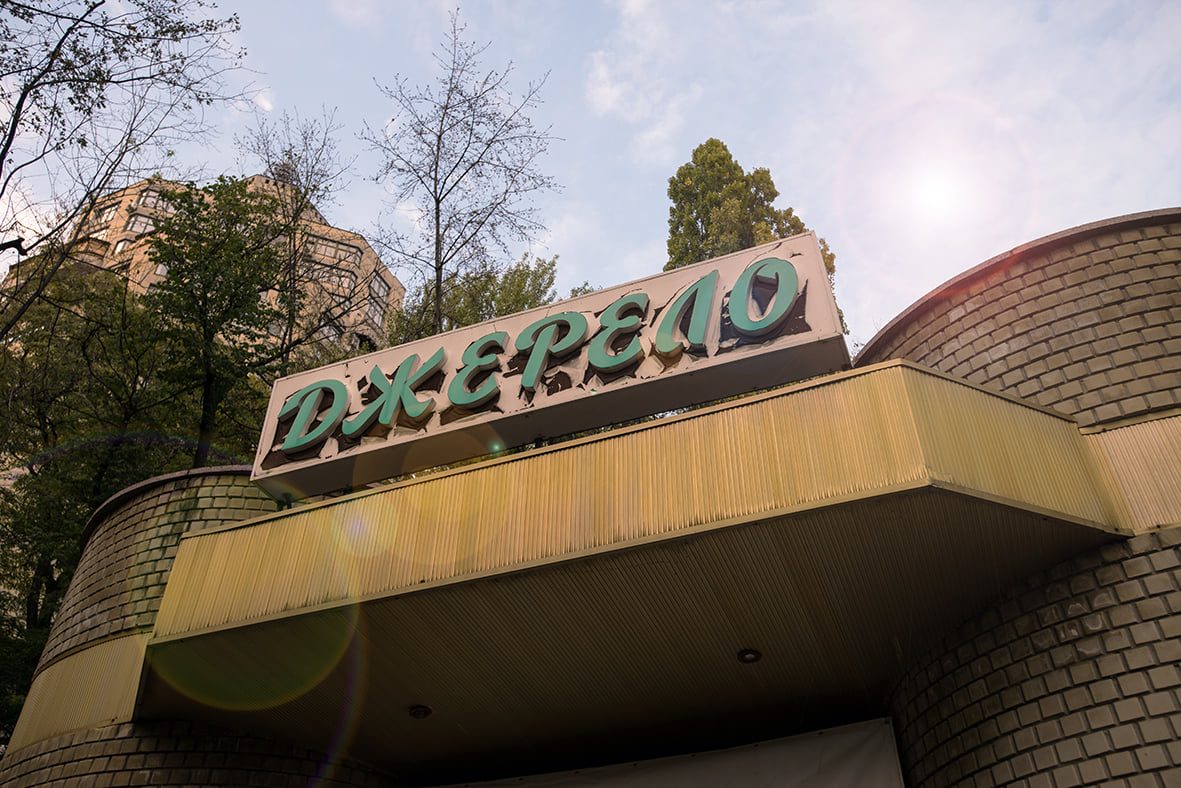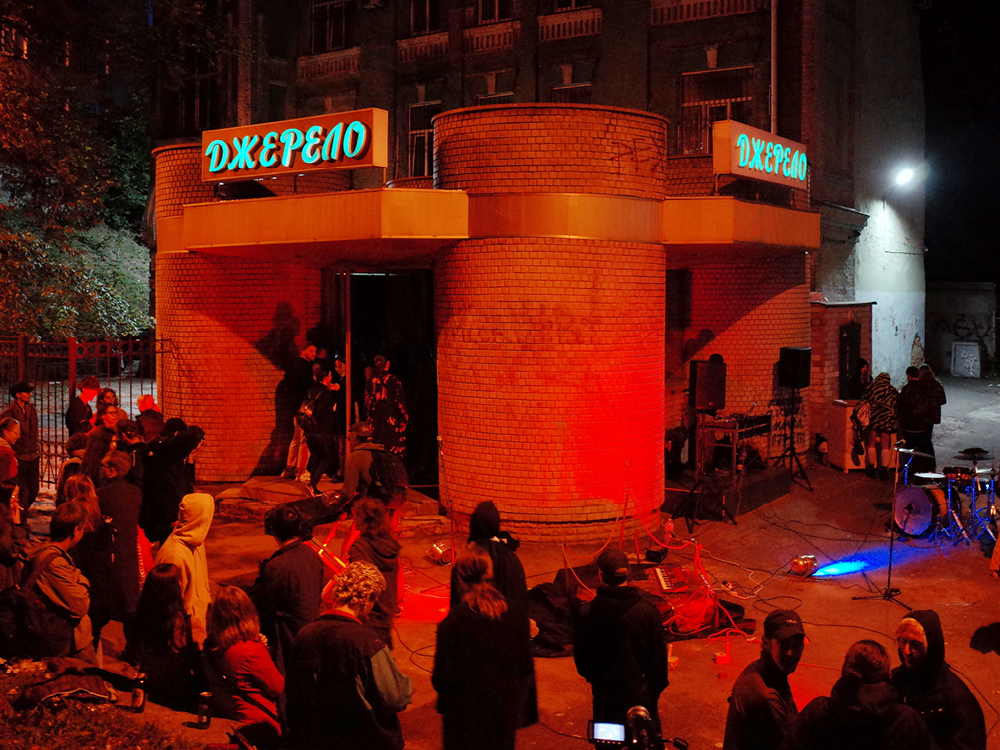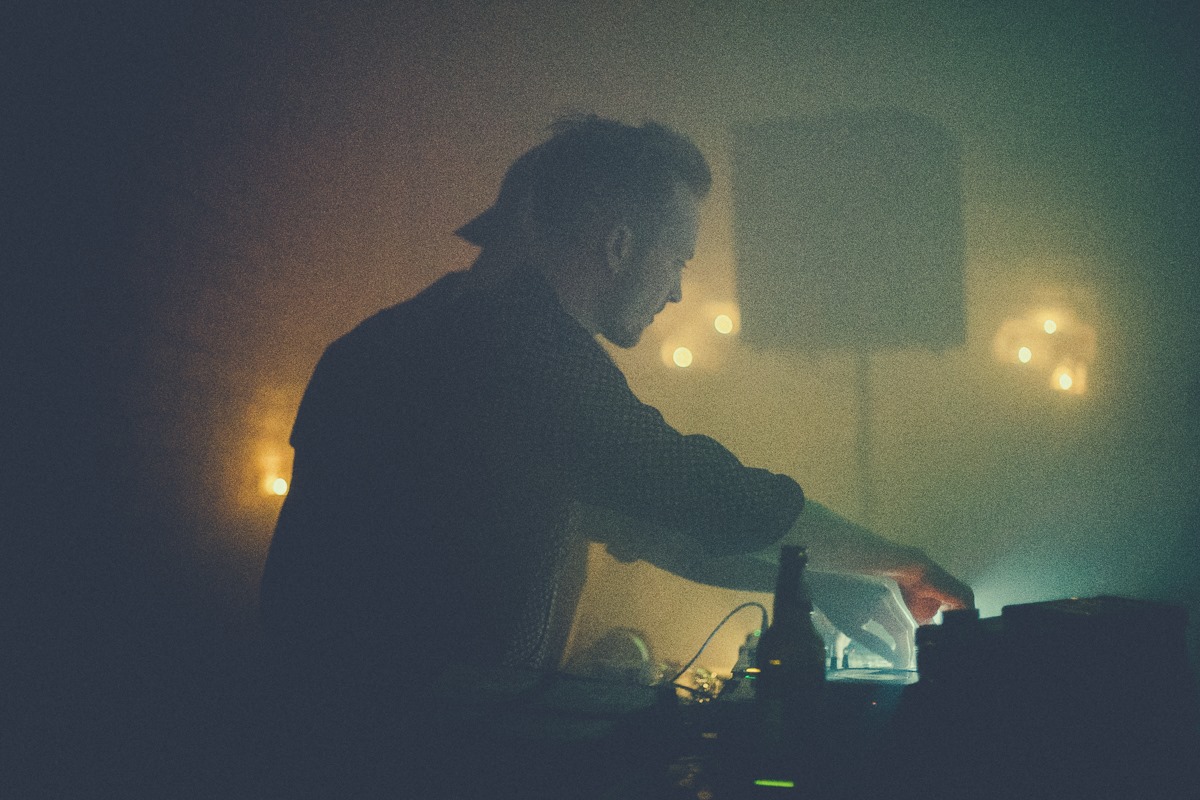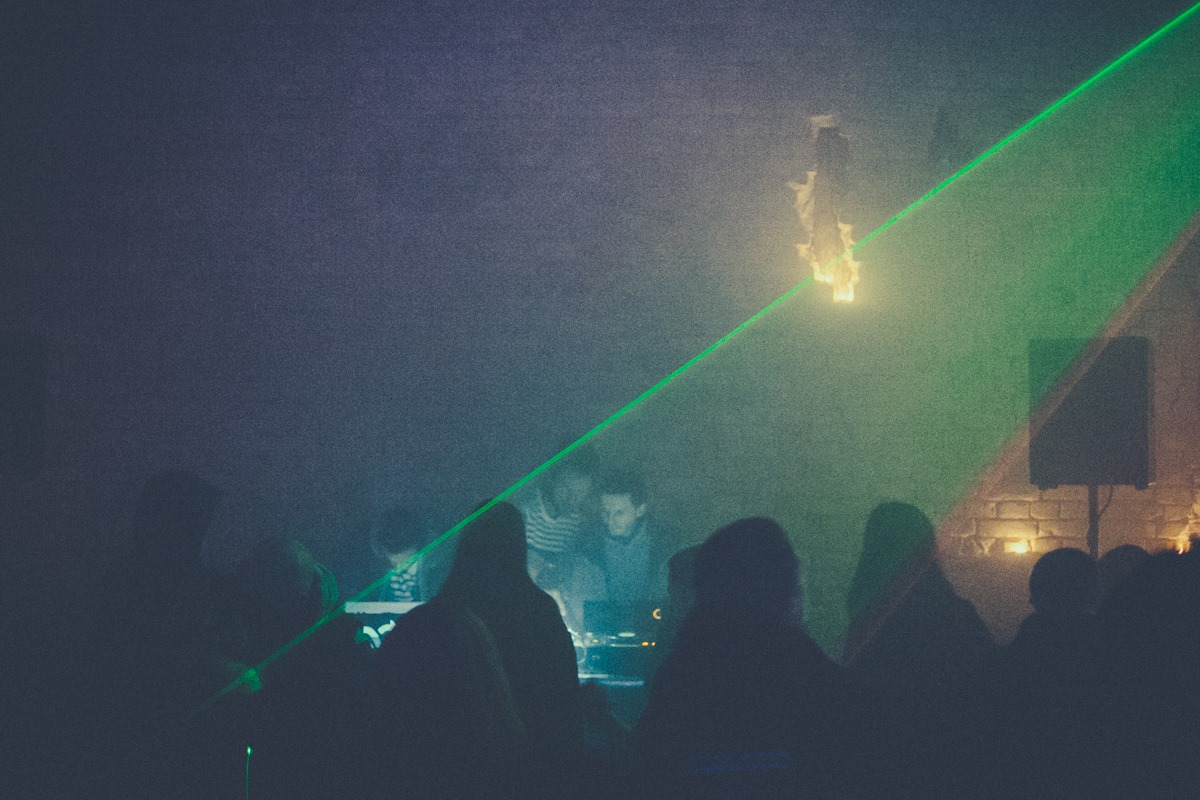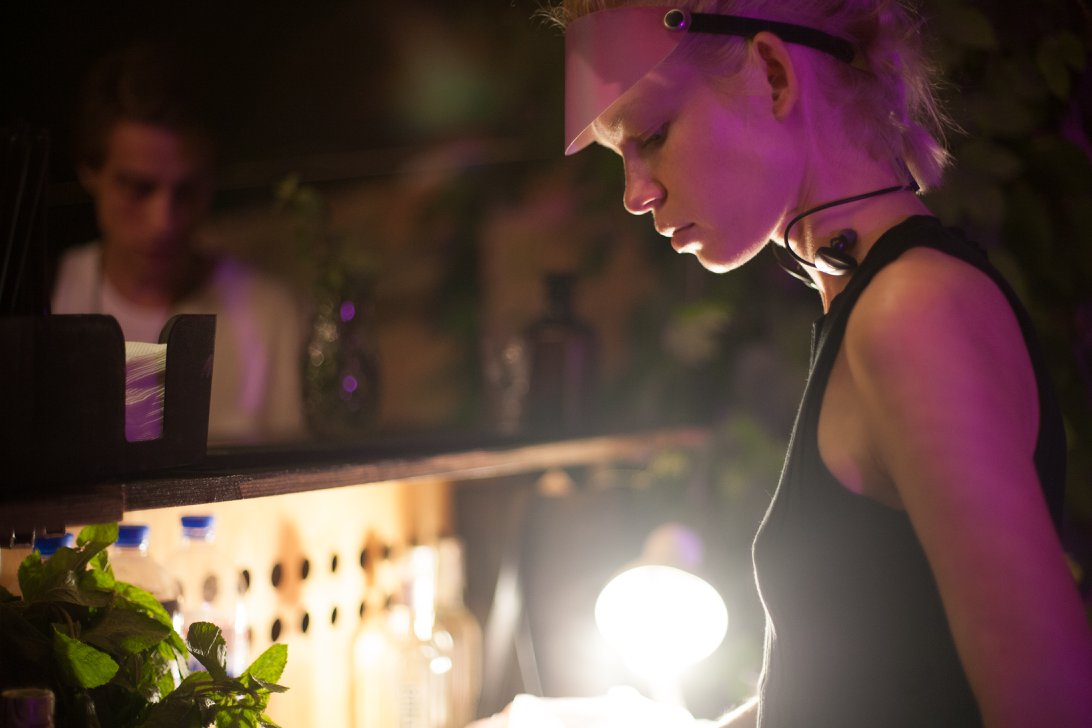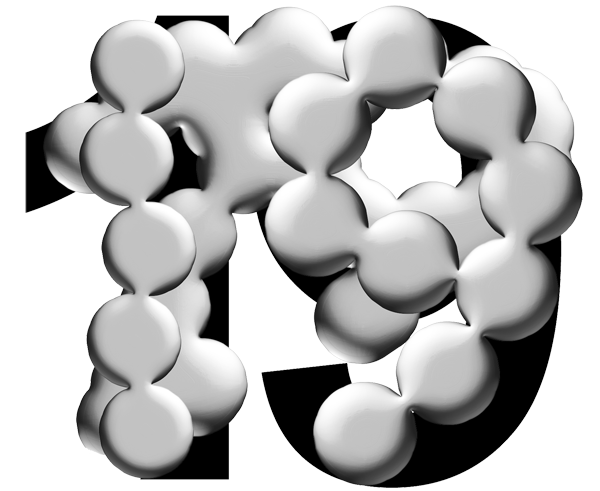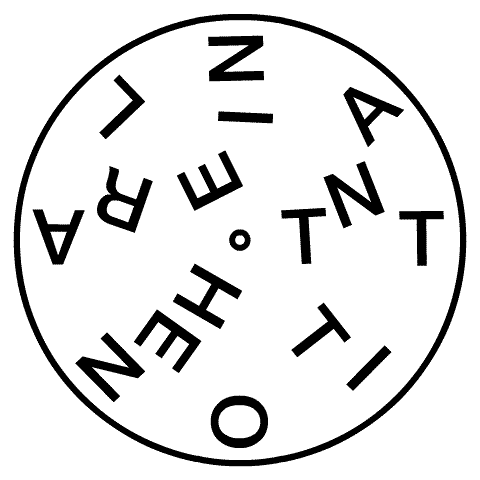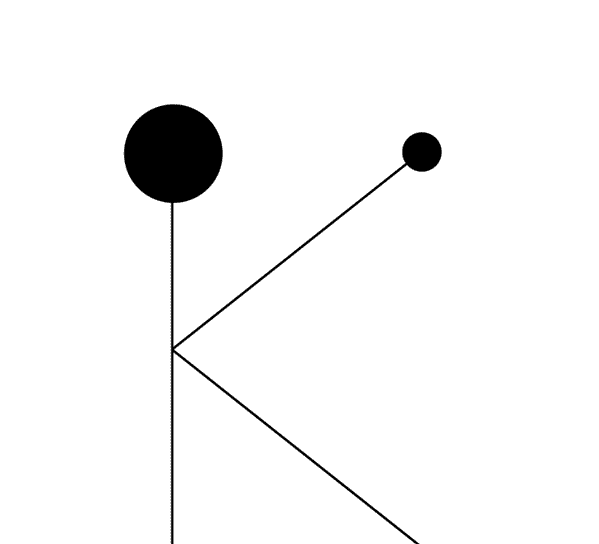English
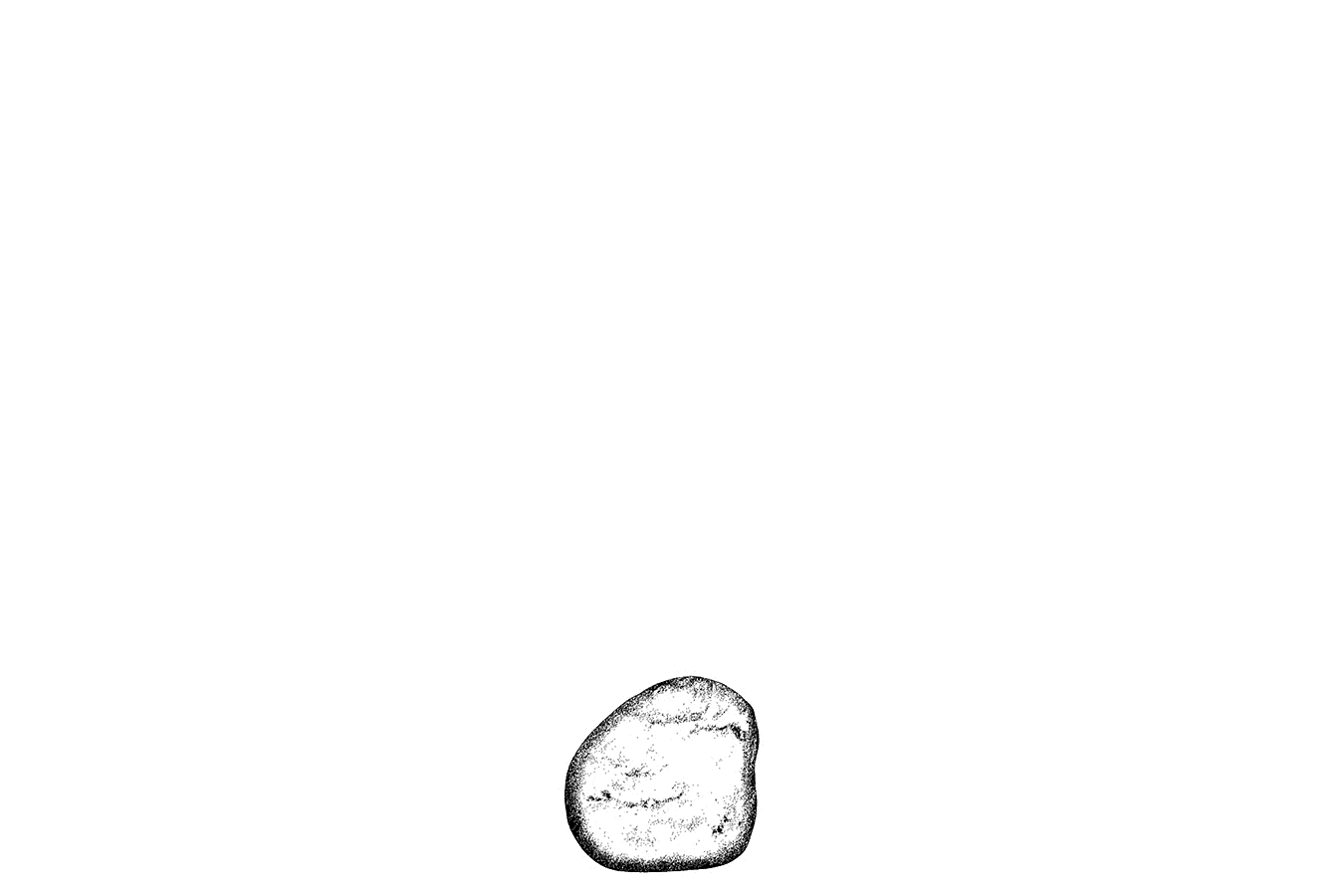
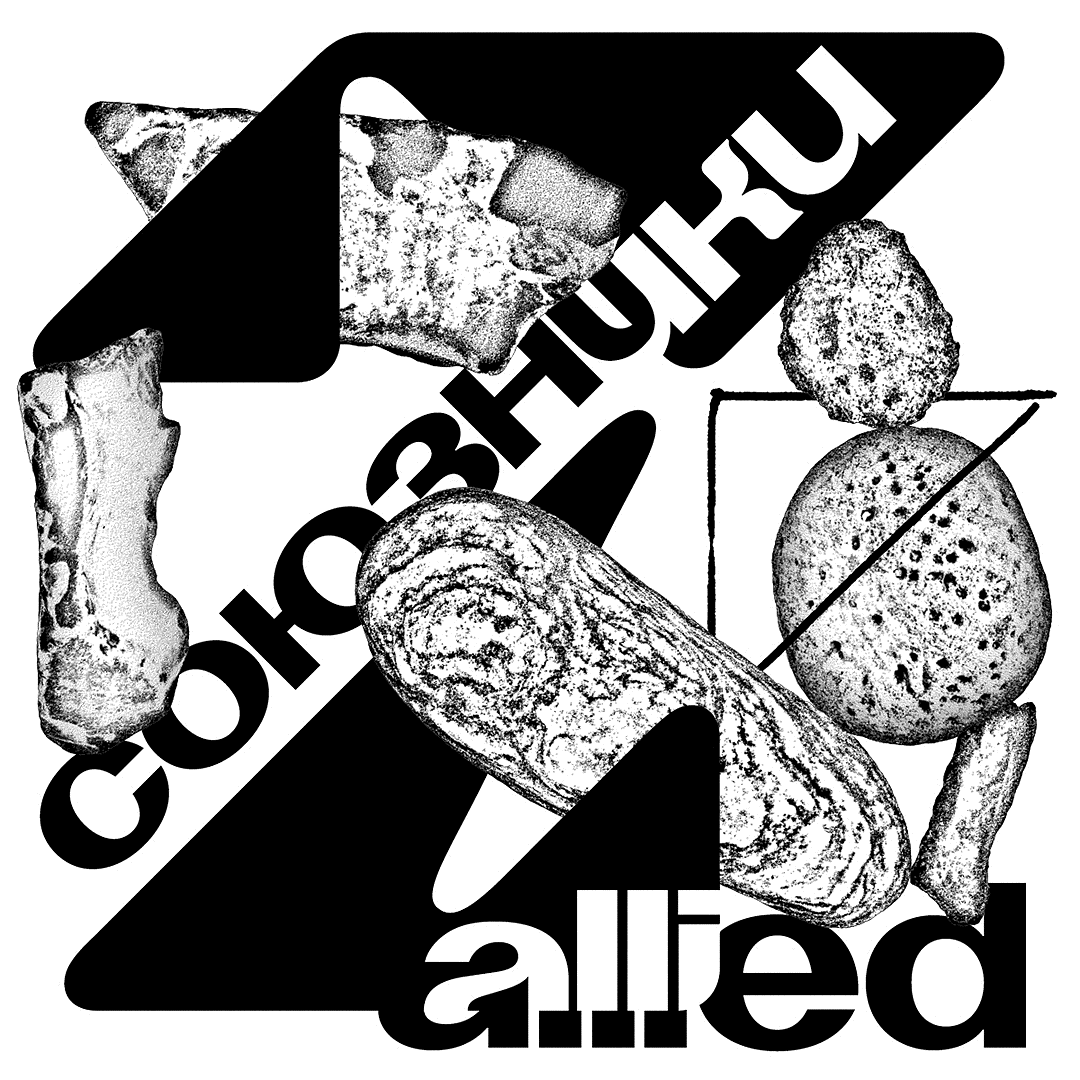
Kyiv Biennial 2021
October 16 – November 14
Amidst the turbulence of the COVID-19 pandemic, a grave recoil of the war on terror, and growing pressure from the neo-feudal corporatism of modern communication technologies, the current global as well as regional geopolitical alliances have been undergoing a great reshuffle. Former power consensuses and international agreements have fallen apart, right-wing populism and waging war have become common substitutes for national politics, and the fortification of borders and the criminalization of migration, underpinned by pandemic restrictions, now appear at the very center of the political mainstream. The utter failure of humanitarian militarism marks the twilight of the neoliberal era, and a new worldwide model is gradually taking shape with a general shift towards authoritarian capitalism. How can new international alliances be formed and exercised today under the circumstances of the strengthening of the repressive apparatuses of the nation-state and the rise of isolationism and autocratic types of governance across the globe?
Allied – Kyiv Biennial 2021, curated by the East Europe Biennial Alliance, aims to explore various historical forms and contemporary examples of cultural and political alliances in Eastern Europe and beyond and their ability to create new social formats. The biennial hosts a series of art projects and public program events focusing in particular on the current conditions, political factors, and institutional actors that foster new alliances in the twenty-first century. As we are confronted with the most pressing questions of our time by the ongoing war conflicts in Eastern Europe and the Middle East, Kyiv Biennial 2021 brings together the curatorial approaches of partner institutions from Prague, Warsaw, Budapest, and Riga, establishing a model of an inter-institutional alliance for multilateral activity in the region as a sustainable network for collaboration and a space for support that is sorely missing in the field of politics today.
The conceptual foundations of Allied – Kyiv Biennial 2021 relate to the phenomena of (de)colonialism, authoritarianism, and the politics of memory in the conditions of post-socialist capitalism in Europe’s East. The biennial questions the notion of (semi-)periphery and its traditional geopolitical and cultural divisions with metropoles from the perspective of the transnational history of Eastern Europe. This year’s edition also seeks to map the authoritarian landscape of the region, tracing its political genealogy, shaped by the extensive extractivism of natural resources, new data colonialism, and surveillance capitalism. The analysis of current authoritarian tendencies is interconnected with the study of an ideologically motivated memory politics, which determines the historical image of Eastern Europe after the fall of the Berlin Wall, as well as with the latest revolutionary transformations and military conflicts that have redefined the post-Soviet space thirty years after the collapse of the USSR.
Allied – Kyiv Biennial 2021 is the fourth edition of an international forum for art, knowledge, and politics that integrates exhibitions and discussion platforms organized by the Visual Culture Research Center. Jointly curated by the East Europe Biennial Alliance, this year’s biennial presents a thematic continuation and conceptual development of an inter-institutional collaboration among its members, Biennale Matter of Art Prague, Biennale Warszawa, Kyiv Biennial, OFF-Biennale Budapest, and Survival Kit Festival Riga, structurally involving the network of perennial events in its organization. East Europe Biennial Alliance was established in 2019 in order to propose new forms of international solidarity, expanding socio-political imagination and alternative cultural solutions. Through connecting aesthetics and politics, the Alliance constructs a different narrative of the Eastern European region and redefines the way cultural institutions collaborate.
Program
Exhibitions Opening
Allied
Transperiphery Movement: Global Eastern Europe and Global South
Room to Bloom
(European Alternatives and Studio Rizoma)
The Insubmersibility of Toasters and Kobzars Theory: Or They Tried to Sink Us but We Float Out of Sight at the Bottom
For the Kyiv Biennial 2021 the brothers Quinsy and Jörgen Gario will share a tale of resistance. Through music and poetry they will speak of survival despite all the odds. A moment where ‘post’ becomes a message of solidarity beyond being a conceptual fixture. Thinking through slave revolts, labor strikes and independence struggles in the Caribbean a link is made with Ukraine and post-socialism. The work speaks in the tradition of Calypso, Soca, Reggae, Tambu and steelpan music that presents political standpoints through oblique references and sly humor. Born through constant surveillance and the need to speak in coded languages, even inventing new ones, the performance will remain as an audio piece at the biennial exhibition. Through the work, the brothers extend a hand in solidarity.
Quinsy and Jörgen Gario are from Curaçao and St. Maarten, two Caribbean islands that have both continued Dutch colonial occupation. They are performance poets, writers, workshop facilitators and more. Jörgen is also a singer, songwriter and music producer; Quinsy is also an academic specializing in artistic research, postcolonial and gender studies. They work separately but also maintain a continued practice of collaboration in which they focus on the interplay between critical fabulation, decolonial remembering and genre bending. Their collaborative work has been exhibited at such institutions and events as Latvian Center for Contemporary Art (2020, Riga / Kuldīga), Het Nieuwe Instituut (2016, Rotterdam), Göteborg International Biennial for Contemporary Art (2019, Gothenburg), Salone del Mobile (2016, Milan), BAK (2018, Utrecht), Nieuwe Vide (2019, Haarlem), and KVS (2017, Brussels).
Divided/Shared Solidarity: Political Mobilization and Visual Agency in Belarusian Protest Movement 2020–2021
In 2020, Belarusians have awakened to political life, and two key words returned from political oblivion, namely revolution and solidarity. In their revolt against the authoritarian regime, Belarusian people have made a huge step forward from interpassivity to a common cause, from negative collectivity to a sense of genuine community, from social atomization to new practices of solidarity and collective action in the name of a common goal – freedom and democracy. The Belarusian revolution has not yet ended, the crisis has not been overcome, the repressions against ordinary people and civil society continue, and the authoritarian regime still persists in holding on to power with unprecedented physical and symbolic violence, but the experience of solidarity manifested and continuing in various forms has already created conditions for a different political future.
In her talk, Almira Ousmanova will consider two interrelated issues: firstly, how the theoretical analysis of the very concept of “solidarity” and its political history in the 20th century helps us understand the grounds, peculiarities and forms of solidarity among Belarusians in 2020; and secondly, what role the manifestations of solidarity in visually mediated forms in the public sphere played in mass involvement of Belarusians in the protest movement. The second issue is particularly important, because it includes not only the analysis of why visual images may become catalysts for social change, but also to see how abstract concepts of solidarity, sense of community and multitude become visualized and communicated. And last but not least, there is also a question of why political cleavages always engender distinct forms of aesthetical resistance.
The lecture will be held in Russian with simultaneous translation into English
Almira Ousmanova is a Belarusian philosopher, cultural theorist and gender scholar. She is Professor at the Department of Social Sciences, Head of the Laboratory for Studies of Visual Culture and Contemporary Art at the European Humanities University (Vilnius, Lithuania). Her research interests include genealogy and methodology of visual studies, feminist philosophy, Soviet and post-socialist visual culture, art and politics. She is an author of Umberto Eco: paradoxes of interpretation (2000) and an editor of several collective volumes: Anthology of Gender Theory (with Elena Gapova, 2000), Gender Histories from Eastern Europe (with Elena Gapova and Andrea Peto, 2002), Bi-Textuality and Cinema (2003), Gender and Transgression in Visual Arts (2007), Visual (as) Violence (2008), Feminism and Philosophy (special volume of journal Topos, 3/2010), TechnoLogos: the Social Effects of Bio- and Information Technologies (with Tatyana Shchyttsova, Topos, 3/2014), E-Effect: Digital Turn in Humanities and Social sciences (with Galina Orlova, Topos, 1–2/2017), Roland Barthes’ Time (with Veronika Furs, Topos, 1–2/2019). Currently she is working on the book project Fluid Publicness.
Global Socialism and Decolonization in Eastern Europe – and the Perspective of Contemporary Art
The panel discussion is organized in relation to Transperiphery Movement: Global Eastern Europe and Global South – a research exhibition of archival materials and contemporary art works – that looks at the historical relationships and parallels between the global periphery (the Global South) and semiperiphery (Eastern Europe). The panel will further discuss the central argument of the Transperiphery Movement exhibition: novel understandings of Eastern Europe’s history in the 20th century. Through various case studies, it will focus on the global Cold War transfers, cooperation, and alliances of Eastern European socialist countries with countries in the Global South as well as on the ways in which the concept and practice of decolonization can and cannot be used in an Eastern European context. The panel will also ask how and why these novel historical research and discourses are relevant for the field of contemporary art.
The event will be held in English with simultaneous translation into Ukrainian
Łukasz Stanek is Professor of Architectural History at the Manchester School of Architecture, The University of Manchester, UK. Stanek authored Henri Lefebvre on Space: Architecture, Urban Research, and the Production of Theory (University of Minnesota Press, 2011) and Architecture in Global Socialism: Eastern Europe, West Africa, and the Middle East in the Cold War (Princeton University Press, 2020). Currently Stanek studies the Africanization of Ghanaian Architecture, as part of the Centring Africa Program at the Canadian Centre for Architecture. Besides Manchester, Stanek taught at the ETH Zurich, Harvard University GSD, and the University of Michigan.
Zoltán Ginelli is an independent researcher and a critical geographer, historian of science and global historian. His research is in the geographies of knowledge, world-systems analysis, and the histories of geography, colonialism and racism, with a focus on the historical relations between Eastern Europe and the Global South or the Third World. Zoltán presented his work at numerous international academic conferences and taught at various universities and colleges, including Milestone Institute and guest lectures at The University of Manchester and Rutgers University. Between 2015 and 2019, he worked as an assistant researcher in the 1989 After 1989 and Socialism Goes Global projects at The University of Exeter. In 2020, his project Postcolonial Hungary in the EEGA program at The University of Leipzig explored Hungarian colonial history from a world-systemic perspective. Zoltán is currently working on two books. One for Cambridge University Press with James Mark and Péter Apor about the global histories of Hungarian relations to colonialism and anti-colonialism in the long 20th century, entitled Che in Budapest: Hungary Between the Colonial and Anti-Colonial Worlds. The other is his individual book project based on his doctoral research about the global histories of the "quantitative revolution" in geography. He founded the social media group Decolonizing Eastern Europe. You can follow his work at zoltanginelli.com and on Twitter.
Eszter Szakács is a curator and researcher. She is a curatorial team member of the grassroots civil initiative OFF-Biennale Budapest and a Ph.D. candidate at the University of Amsterdam as part of the project titled IMAGINART—Imagining Institutions Otherwise: Art, Politics, and State Transformation at the Amsterdam School for Cultural Analysis. Previously she worked at tranzit.hu, Budapest, where she coedited the online international art magazine Mezosfera and the books IMAGINATION/IDEA: The Beginning of Hungarian Conceptual Art – The László Beke Collection, 1971 (tranzit.hu and JRP|Ringier, 2014) and PST (Public – Street – Tactical): The Public Art Practice of János Sugár (tranzit.hu, 2016), and curated the collaborative research project Curatorial Dictionary. She was a research group member of the project titled …OPEN MUSEUM… initiated by the Museum of Ethnography, Budapest (2014–2018). Along with Naeem Mohaiemen, she coedited the forthcoming anthology Solidarity Must Be Defended (tranzit.hu, Van Abbemuseum, SALT, Tricontinental, and Asia Culture Center). Her research and practice revolve around grassroots art organizing, questions of internationalisms, intersections between Eastern Europe and the Global South, as well as exhibitionary forms of research.
Artistic Utopias and Activist Aesthetics After ’89
After 1989, Western Europe experienced a new explosion of grassroots social movements. Throughout the 1990s, various groups with different worldviews experimented with possible forms of alliances that did not imply unification or the erasure of difference. Converging in enormous transnational protests, they conceived of their demonstrations as a peculiar form of spectacle. Their idea of militant variety was expressed through the exhibition of a multiplicity of aesthetics, each corresponding to a different collective. This notion of encounter would eventually converge on the metaphor of the carnival.
Understanding this as a foundational moment in Western activism, this presentation explores the aesthetic forms of what was called the anti-globalization movement, inquiring into the political role played by its performative and symbolic forms. It also reads this plethora of creative processes through the lens of utopia. In its most common sense, utopia usually represents a kind of respite in the face of the upheavals and risks of political struggle, the invention of a society in which confrontation is not necessary. However, in these social movements, the dream world is inserted into the struggle itself and becomes a weapon in the conflict. We can thus speak of “utopias of revolt.”
The lecture will be held in English with simultaneous translation into Ukrainian
Julia Ramírez-Blanco is a researcher and lecturer at Barcelona University. Art historian and critic, she has specialized in the relationships between art, utopia and social change. She is the author of the books 15M. El tiempo de las plazas (2021) and Artistic Utopias of Revolt: Claremont Road, Reclaim the Streets, the City of Sol (2018). She has also edited a monographic issue of REGAC Journal dedicated to Non-Textual Utopias (2018) as well as the book Pequeño bestiario de monstruos políticos (2020). She has co-curated the exhibition The Grand Domestic Revolution about feminist utopias at the Familistère in Guise (France) and collaborates regularly with the MACBA Museum of Contemporary Art, where she directed the course Utopian Nineties, as well as the research group on the collection. Ramírez-Blanco has also been invited to lecture at a number of academic and public institutions, including Princeton University, Columbia University, Reina Sofía Museum of Contemporary Art, Prado Museum, São Paulo Art Museum (MASP), Warburg Haus. She is a member of the Committee of the Society for Utopian Studies, an international interdisciplinary network devoted to the study of utopianism in its multiple forms.
Crisis as Form:
A Framework for Analysis
What does the standpoint of contemporaneity as a form of historical time have to tell us about the situation of post-socialist capitalism in Ukraine?
The lecture will be held in English with simultaneous translation into Ukrainian
Peter Osborne is Professor of Modern European Philosophy and Director of the Centre for Research in Modern European Philosophy (CRMEP), Kingston University London. He has held Visiting International Chairs in the Philosophy Department at the University of Paris 8 (2014, 2019), the Royal Institute of Art, Stockholm (2015) and Yale University School of Art (2017). He has contributed to a range of international journals (including Afterall, Artforum, Art History, Cultural Studies, New German Critique, New Left Review, October, Telos, Texte zur Kunst) and catalogues for art institutions (including Manifesta 5, Tate Modern, Biennale of Sydney, Walker Art Center Minneapolis, Office of Contemporary Art Norway, National Museum of Art, Architecture and Design Oslo, Reina Sofia Madrid, MMK Frankfurt). He was co-curator of the Norwegian Representation at the Venice Biennale 2011. From 1983 to 2016, he was an editor of the British journal Radical Philosophy. His books include The Politics of Time: Modernity and Avant-Garde (1995; 2011), Philosophy in Cultural Theory (2000), Conceptual Art (2002), Marx (2004), Anywhere or Not at All: Philosophy of Contemporary Art (2013) and The Postconceptual Condition (2018). His next book, Crisis as Form, is forthcoming in 2022.
To Whom It May Concern. Day I
“To whom it may concern” – a formula, which describes collective assemblies of humans, technologies and organic life as invented by new post-cinematic moving image genres that emerge in the digital era of highly-developed information technologies, immaterial labour and climate crisis. The formula was originally developed by Nobert Wiener and later rearticulated by the media and film theorist Ute Holl. To-whom-it-may-concern-ness is a radical alternative to the previous historical forms of moving images, which are widely known as “cinema”. Despite them, To-Whom-It-May-Concern films and videos explore and invent the ways of making artworks beyond limitations and borders of classical aesthetic – between the ethics of film production and that of image, object and its representation, human and other species, technologies and organics, just as between author and spectator. Concerned ones are humans, machines, organic and non-organic creatures, who take part in production of a film as well as its screening and further causal distribution. In the focus of critical ecologically oriented approaches this new status of concern may become a reason to dream of non-unifying communality based on situational solidarities, diversity, flexible individuations, shimmering autonomies, hospitality and care. After all, to put it simply, everything is concerned with everything; however each thing is concerned in its own unique way.
Parallel IІ, ІII, 2014
Parallel II, Parallel III – parts of a four-part cycle of essay films made between 2012–2014. Charting the development of computer animation through video games, Farocki explores a new operational realm of digital moving image to uncover the unseen labor invisibly rendered into these on-screen digital worlds.
Harun Farocki (1944–2014) was a German documentary filmmaker, one of the founders of film and video essayism. He created more than 90 experimental documentaries as well as numerous texts on theory and history of political film. Among his most famous films are Videograms of the Revolution (with Andrej Ujica, 1992), Workers Leaving the Factory (1995), War at a Distance (2003). Harun Farocki taught filmmaking at University of California, Berkeley, and at the Academy of Fine Arts in Vienna.
Making of Earths, 2021
The Making of Earths explores the longue durée of the modern trope that the future is manageable. Following a year-long documentary-led research, the film traces current efforts made across China and Southeast Asia to predict the future of Earth’s increasingly strange climates in the shadow of ever more control on land. A chasm widens between the lived experience of overwhelming uncertainty on the ground and the mass of data collected to profit off this instability. The film picks up on these themes and subverts the idea of knowing, instead opening up spaces of disorientation within the paranoid structure of totality.
Geocinema (Solveig Qu Suess, Asia Bazdyrieva) is a collective that explores the possibilities of a “planetary” notion of cinema. Their practice has been concerned with the understanding and sensing of the earth while being on the ground, enmeshed within vastly distributed processes of image and meaning making. Their work has been shown internationally, including the solo show Making of Earths (Kunsthall Trondheim, 2020), and group shows such as Critical Zones (ZKM Karlsruhe, 2020–21), and Re-thinking Collectivity (Guangzhou Image Triennale 2021). In 2020, they were nominated for the Schering Stiftung Award for Artistic Research.
Armed and Happy, 2019
Armed and Happy is preoccupied with common emotional accents in virtual practices – from unpacking goods, sports and political events to weapons training – in an attempt to notice the patterns of behavior that become part of everyday life, although were unacceptable before. It is an episode of Armed and Dangerous, a project bringing together a group of Ukrainian artists who work at the intersection of contemporary art and experimental cinema to explore the militarization of society and, in particular, the attitude of Ukrainian youth to violence and weapons. The project is curated by Mykola Ridnyi.
fantastic little splash is a collective comprising journalist/artist Lera Malchenko and artist/director Oleksandr Hants. The collective combines art practice and media studies. Established in 2016, their projects have been exhibited at The Wrong biennale, post.MoMA, Plokta TV, POCHEN Biennale, Construction festival VI x CYNETART, KISFF, Docudays UA, among others. fantastic little splash is based in Dnipro, Ukraine.
Adversarial Infrastructure, 2020
Adversarial Infrastructure is an investigation into the volumetric history of the Crimean annexation that employs deep fake technology as a research method. Dissecting the Crimean Bridge, the crystallized artifact of Russian colonial violence that spans through cyberspace no less than offline landscape, this project aims to assemble a new image of logistical infrastructures as a type of hybrid warfare.
Anna Engelhardt is a Russian media artist and researcher mainly interested in the (de)colonial politics of infrastructures in post-Soviet space. Her recent projects include Circuits of Truth (2021), an inquiry into the verification systems as cyber warfare presented at HERVISIONS Garage.Digital, and Adversarial Infrastructure (2020), an investigation into the Russian Crimean Bridge, shown at Ars Electronica, 67th International Short Film Festival Oberhausen and Vancouver International Film Festival. She is currently pursuing a PhD on Russian warfare at Queen Mary University, London.
F-Word, 2021
F-Word refers to the current protests in Belarus, political struggle and state violence through the discourse of fascism. The topic of fascism and victory over it has for a long time been central to the contemporary state ideology of Belarus. Since the start of the uprising after the 2020 presidential elections, both the state and the protestors have been accusing each other of fascism. In turn, these positions have been criticized by the academic community for historical untruths. The video traces this symbolic struggle and the political, social, affective and symbolic effects it produces. It is an episode of Armed and Dangerous, a project bringing together a group of Ukrainian artists who work at the intersection of contemporary art and experimental cinema to explore the militarization of society and, in particular, the attitude of Ukrainian youth to violence and weapons. The project is curated by Mykola Ridnyi.
Olia Sosnovskaya is an artist, writer and organizer. She works with text, performance and visual art, intertwining the notions of festivity and the political within the post-socialist contexts and beyond. Currently a PhD candidate at the PhD-in-Practice, Academy of Fine Arts, Vienna. Member of WORK HARD! PLAY HARD! working group and Problem Collective artistic-research group. She lives and works between Vienna and Minsk.
a.z.h. was born in Belarus in 1984. Graduated from the Belarusian Academy of Arts. Works with video, mainly studying ambivalent themes in the social space.
To Whom It May Concern. Day II
“To whom it may concern” – a formula, which describes collective assemblies of humans, technologies and organic life as invented by new post-cinematic moving image genres that emerge in the digital era of highly-developed information technologies, immaterial labour and climate crisis. The formula was originally developed by Nobert Wiener and later rearticulated by the media and film theorist Ute Holl. To-whom-it-may-concern-ness is a radical alternative to the previous historical forms of moving images, which are widely known as “cinema”. Despite them, To-Whom-It-May-Concern films and videos explore and invent the ways of making artworks beyond limitations and borders of classical aesthetic – between the ethics of film production and that of image, object and its representation, human and other species, technologies and organics, just as between author and spectator. Concerned ones are humans, machines, organic and non-organic creatures, who take part in production of a film as well as its screening and further causal distribution. In the focus of critical ecologically oriented approaches this new status of concern may become a reason to dream of non-unifying communality based on situational solidarities, diversity, flexible individuations, shimmering autonomies, hospitality and care. After all, to put it simply, everything is concerned with everything; however each thing is concerned in its own unique way.
K-Object from LL Group, 2019
K-object from LL Group aims to explore the possibilities of an alternative view on a superterrestrial object, revealing the limitations of our perception of nature. K-object is a working title of the Knyahynya meteorite that fell near the same named village in Zakarpattia in June 1866. It was included in the collection of the Natural History Museum in Vienna, came to the attention of Jules Verne and Charles Darwin, made an impact on the panspermia hypothesis, and later was recognized as the biggest meteorite in Europe.
ruїns collective is a Kyiv-based art group consisting of Teta Tsybulnyk and Elias Parvulesco. They work at the intersection of film and contemporary art, focusing on the topic of non-human agency and questioning the anthropocentric perspective on nature. Teta studied sociology at Kyiv-Mohyla Academy and social anthropology at Central European University, Budapest. She has worked as a film curator, editor and translator. Elias graduated in engineering, contemporary art and film studies. He has been involved in journalism, filmmaking and film research. In 2020, he was nominated for the PinchukArtCentre Prize. The collective’s works have participated in Ukrainian and international film festivals and exhibitions.
zong, 2019
zong focuses on the Zamglai nature reserve, one of the largest swamp systems in Ukraine. Its name probably derives from the Old Kurdish word ‘zong’ meaning swamp. We look at the swamp phenomenon from different perspectives: as a locus of fears in the folklore of agricultural societies; as an exploited landscape in the industrial age; as a complex system of ties between species within the posthumanist paradigm; as a natural carbon sink reducing the greenhouse effect and countering climate change. The film was made in collaboration with the biologist Svitlana Pototska.
ruїns collective is a Kyiv-based art group consisting of Teta Tsybulnyk and Elias Parvulesco. They work at the intersection of film and contemporary art, focusing on the topic of non-human agency and questioning the anthropocentric perspective on nature. Teta studied sociology at Kyiv-Mohyla Academy and social anthropology at Central European University, Budapest. She has worked as a film curator, editor and translator. Elias graduated in engineering, contemporary art and film studies. He has been involved in journalism, filmmaking and film research. In 2020, he was nominated for the PinchukArtCentre Prize. The collective’s works have participated in Ukrainian and international film festivals and exhibitions.
Three (or More) Ecologies: A Feminist Articulation of Eco-intersectionality, Part I: For the World to Live, Patriarchy Must Die, 2019
The way one relates to land, water and “resources” is reflected in the way one produces goods, relations and affinities. Three (or more) Ecologies: A Feminist Articulation of Eco-intersectionality – Part I: For the World to Live, Patriarchy Must Die juxtaposes the highly industrial/technical nature of the destructive fracking industry driving North Dakota’s Bakken shale oil boom on the Ft. Berthold – Three Affiliated Tribes Reservation with voices from Jinwar – Village of Free Women, a women’s collective agricultural village project in the autonomous region of Rojava (Northern Syria). The first chapter of this ongoing audio-visual research project calls into question capitalism’s unbridled accumulation, fostered by competition, inequality and exploitation, the undergirding of patriarchal society, and comes to a singular conclusion: For the world to live, patriarchy must die.
Angela Anderson is an artist and researcher working at the intersection of philosophy, ecology, economics, migration, and feminist & queer theory. Her artistic production takes the form of multi-channel video and sound installations, sculptural elements and photography. Recent works include Hexenküche (the witch rarely appears in the history of the proletariat) with Ana Hoffner ex-Prvulovic (2021), Three (or More) Ecologies: A Feminist Articulation of Eco-intersectionality, Part I: For the World to Live, Patriarchy Must Die (2019), Unearthing Disaster (2013–2015) and The Refrain (2015) with Angela Melitopoulos, The Sea Between You and Me (2016), among others. In 2020, she was awarded the Cathrin Pichler Preis from Academy of Fine Arts Vienna.
It is Cool to Fantasize, 2014
It Is Cool to Fantasize revises the role of imagination in sexual practices and proposes to perceive sex as an act of artistic creation and learning, which liberates, transcends patriarchal narratives and biases. The author thinks that, if perceived and practiced in this way, sexual pleasure can form a certain physical and mental space where new horizons of love, freedom and care can arise.
Oksana Kazmina is a Ukrainian documentary filmmaker, media artist and performer. Oksana graduated from the Faculty of Journalism at Ivan Franko Lviv National University, the Faculty of TV-Directing at Karpenko-Kary Kyiv National Theater, Film and Television University, and Moving Academy for Performing Arts Amsterdam. Oksana was also a Visiting Assistant Professor of Film Studies at Wesleyan University, USA, 2016. Now Oksana teaches the basics of video narration at Kyiv Academy of Media Arts, Kyiv, Ukraine. Since 2016, Oksana Kazmina has been working on her debut feature Underwater, a long-term exploration of everyday practices of dealing with the patriarchy. Underwater is inspired by another project of Oksana, The backstage histories. Daily routine, festive rituals and other bodily practices of some unfitted groups of Ukrainians. Incompetent and loose field study, Kyiv, Ukraine, 2014–2020. These two projects map Kazmina’s main interests and practices starting from 2014, they interconnect and grow horizontally as different collaborations between its participants arise. Recently, she has released the first album of her and Vasyl Tkachenko’s music project Serviz Propav.
Mined Soil, 2014
The film essay Mined Soil revisits the work of the Guinean agronomist Amílcar Cabral, who studied soil erosion in the Alentejo region of Portugal through the lens of his political engagement as a leader of the African Liberation Movement of the 1950s. This line of thought intertwines with documentation of an experimental gold mining site, now operated by a Canadian company located in the same Portuguese region once studied by Cabral. In Mined Soil, the voiceover dialogue explores the space, surface, and textures of the images presented, proposing past and present definitions of soil as a repository of memory, exploitation, crisis, and treasure.
Filipa César is a Berlin-based artist and filmmaker interested in the fictional aspects of documentary, the porous borders between cinema and its reception, and the politics and poetics inherent to moving images. Her praxis takes the media as a means to expand and expose counter-narratives of resistance to historicism. Since 2011, César has been looking into the origins of cinema in Guinea-Bissau as part of the African Liberation Movement and its imaginaries and cognitive potencies, developing that research into the collective project Luta ca caba inda. Selected film festivals include Kurzfilmtage Oberhausen; Curtas Vila do Conde; Forum Expanded-Berlinale and Cinéma du Réel. Selected exhibitions and screenings include: SFMOMA; São Paulo Biennial; Manifesta 8, Cartagena; Haus der Kulturen der Welt, Berlin; Jeu de Paume, Paris; Kunstwerke, Berlin; NBK, Berlin; Khiasma, Paris; Tensta konsthall, Spånga; MoMA, New York; Harvard Film Museum, Boston.
Winds of Change in Old Europe: Thinking a Digital European Republic for the 21st Century
While an encrusted EU tastes more and more stale, a new Europe emerges from its periphery. In these outer spaces, the global wind of change is moving fast. New orders are emerging quickly, in Albania, Syria, Turkey, Ukraine, or Melilla. All these places are not only establishing new European alliances but also questioning the narratives of the European heartland. The Conference on the Future of Europe is the EU’s first broad participatory endeavour engaging directly with European citizens. This is the way the EU has to follow as Europe is about uniting people; not about integrating states. Just as the Kyiv Biennial theme “Allied'' is dwelling upon the idea of interconnecting citizens of the European East. Kyiv Biennial is exploring the role of modern technologies, culture and arts in shaping political systems and social order. Nothing is more important for Europe after the pandemic. We need to make sure that modern technologies are compatible with European social theory – not disruptive. The oldest, most noble and comprehensive concept in European social theory is the republic. Thinking a digital European Republic is the task for the 21st century to which Ukrainians belong.
The lecture will be held in English
Ulrike Guérot is Professor at the Institute of Political Science and Sociology and holds the Chair for European Politics at the CERC (Centre Ernst Robert Curtius) of the University of Bonn. She is the founder of the European Democracy Lab, Berlin, and was previously head of the Department for European Policy and the Study of Democracy at Danube University Krems, Austria. She worked in various European think-tanks as well as at universities in Paris, Brussels, London, Washington, and Berlin. In 2019, she was awarded the Paul Watzlawick Ring of Honor as well as the Salzburg Award for Research on the Future. In 2020, she published her most recent book Nichts wird so bleiben wie es war? (Molden).
The Age of Unsettlement: Possible Paths towards a New Political Imagination
In spite of the growing inequalities and new forms of dehumanization and dispensability of lives, most living beings on Earth are marked today by an overarching sense of unsettlement. Unsettlement is an existential condition that is paradoxically shared by the most and least privileged, it embraces not only the lives of migrants and refugees, the former “second world” inhabitants left in the void, but also multiple beings, human and other, whose lives are destroyed by climate change and broader, by what is myopically referred to as the Anthropocene. The leitmotif of unsettlement is a pervasive chronophobic sense of defuturing, of temporality that is literally “out of joint”. However, unsettlement does not have to be only negative as it can also open possibilities and most importantly trigger an evolvement of a new political imagination that would make refuturing possible. Most probably this new political imagination and agency will not come from defunct international organizations and outdated institutions and regimes such as the nation state or democracy. But it can arrive from regional and even local communities of survival, change and re-existence that could enter into a complex relationality and form deep coalitions grounded in difference rather than sameness. These coalitions can build on the forgotten and erased cultural, historical, religious, linguistic, cosmological, cosmotechnical, geopolitical and corpopolitical links that do not necessarily coincide with normalized modern/colonial ideological binaries and borders. This does not mean going back to some constructed archaic tradition, but rather exploring the paths of alliances and collaborations that were indeed discarded and disqualified by modernity thus dooming many nations to forever remain in the semi-peripheral catching-up mode. Before it can arrive as a communal effort, a new political imagination and a new agency needs to do critical memory work for refuturing. One of the most promising and interesting regions in this sense is undoubtedly Eastern Europe.
Zoom Link: https://us02web.zoom.us/j/83210692537
Meeting ID: 832 1069 2537
The lecture will be held in English
Madina Tlostanova is a decolonial thinker and fiction writer, professor of postcolonial feminisms at Linköping University (Sweden). She focuses on decolonial thought, particularly in its aesthetic, existential and epistemic manifestations, feminisms of the Global South, post-socialist human condition, fiction and art. Her most recent books include What Does it Mean to be Post-Soviet? Decolonial Art from the Ruins of the Soviet Empire (Duke University Press, 2018) and A New Political Imagination, Making the Case (co-authored with Tony Fry, Routledge, 2020).
Endnotes to Alterglobalist Art History
In his last unfinished book (Globalizing the Art of East-Central Europe, to be published by the Igor Zabel Association for Culture and Theory in 2021) Piotr Piotrowski proposed to rework the analytic paradigm in the alterglobalist direction that would lead to constitution of what he called “alterglobalist art history”. The core of the project of alterglobalist art history lies in its attempt to determine the relationship between global art history and postcolonial studies and the impact of the latter on the issue of East European artistic peripheries.
In our talk we will present two possible ways in which alterglobalist art history can be approached critically and practiced. Magdalena Radomska will focus on its tensions with Marxism and thus will approach the problem of possible overcoming of post-colonial studies – both from Piotrowski’s perspective and the Marxist one. Agata Jakubowska will talk about rethinking feminist art from Eastern Europe in a global perspective by challenging the dominant conceptual framework.
The event is organized in collaboration with the Igor Zabel Association for Culture and Theory
The event will be held in English
Agata Jakubowska graduated from the Adam Mickiewicz University in Poznań where she worked for many years. From July 2021, she is affiliated with Warsaw University and realizes two projects: “Globalising History of All-Women Exhibitions” and “Narrating Art and Feminism: Eastern Europe and Latin America” (with Andrea Giunta). She is the author of On the Margins of the Mirror: The Female Body in Polish Women Artists’ Works (in Polish, 2004) and Multiple Portrait of Alina Szapocznikow’s Oeuvre (in Polish, 2008); the editor of Alina Szapocznikow. Awkward Objects (2011) and Zofia Kulik: Methodology, My Love (2019); and the co-editor (with Katy Deepwell) of All-Women Art Spaces in Europe in the Long 1970s (2018). She is just completing the book Art and Emancipation of Women in Socialist Europe. The Case of Maria Pinińska-Bereś.
Magdalena Radomska is a Post-Marxist art historian and historian of philosophy, Assistant Professor at Adam Mickiewicz University in Poznan, Poland. She holds a PhD in art history, and has received scholarships at the Courtauld Institute of Art in London, the Hungarian Academy of Sciences in Budapest and at the Eötvös Loránd University in Budapest. She was a director and lecturer of the course “Writing Humanities after the Fall of Communism” in 2009 at Central European University in Budapest. In 2013, she published the book The Politics of Movements of Hungarian Neoavantgarde (1966-80). Currently Radomska is engaged in a research and preparing the book Post-Communist Art in Post-Communist Europe and Criticism of Capitalism in Art and – as her second PhD – she is writing a monograph on Post-Marxism. She is a member of both Polish and Hungarian AICA and editor of the magazine Czas Kultury. She is both a founder and head of the Piotr Piotrowski Center for Research on East-Central European Art.
Concert: Decolonize Your Mind Society, Kurws, Le Cru, Dolgiy & Sidorkin
Allied – Kyiv Biennial 2021 presents a concert of avant-garde, free jazz and improvisation music – the direction which was developed undercover in the former Eastern Bloc. This experimental approach to jazz is aimed to break with musical conventions, such as regular tempos, tones, and chord changes as well as to deconstruct and transgress the architecture of modern American and European music. A combination of genres the participating collectives work with are pointed against the genre as such – their works create a polygonal ritual, becoming a sonic expression of decompressed complexity of being in the contemporary world.
Inspired by non-European traditional musics, non-tempered tuning systems, psychedelic ritual performances and the legendary Jon Hassell's Fourth World music, Budapest-based Decolonize Your Mind Society was founded by Nicolas Jaar’s Other People label and Opal Tapes affiliate Bálint Szabó Gosheven as a natural continuation of their creative focus and work. The band has an absolutely unique sound thanks to the special instruments they use, like the glissotar wind instrument or the refretted just intonation guitar, not to mention the retunable analog synthesizer that further expands their mind blowing musical planet. They float in a hazy no man’s land between microtonal psychedelic rock, avant-garde, jazz and experimental music. Just intonation music needs new approaches, new instruments and their effort on their debut record seems quite extraordinary. On “Anabatic Prism” they tried to celebrate life through the sheer joy of playing together and they wanted to present these extremely colourful tunes to the public as a reminder that there is always a bright side to this amazing magical universe.
Band members: Áron Porteleki – drums, vocals; Ernő Hock – double bass, vocals; Máté Pozsár – synth, una corda, vocals; Dániel Váczi – glissonic, vocals; Gergő Kováts – saxophone, vocals; Bálint Szabó – just intonation guitar, vocals.
Kurws works as an open workshop where improvisations intertwine with compositions. By means of repetitions, recombinations, variations and contrasts, it plays with memory and expectations. Post-punk, krautrock, rock in opposition, funk, no wave – ways of playing, motifs, riffs, which we have heard many times before, are presented in completely different contexts – here they are dissected from their original surroundings and used in a new way, subjected to deconstruction and peculiar distillation. This autumn will see the release of their fourth album titled Powięź (Fascia). Kurws have been playing continuously for over ten years. They have played three hundred concerts all over Europe and beyond. During one of their recent tours, they traveled 11 thousand kilometers in a van across Russia, from St. Petersburg through Siberia to the shiny coast of Vladivostok. They are probably the first Polish band which took up such a challenge.
Members: Dawid Bargenda – drums; Hubert Kostkiewicz – guitar; Jakub Majchrzak – bass.
Dolgiy & Sidorkin is division by zero, the end of coordinates, intersection of parallel lines, geographical poles merging together, topological transformation of a sphere into a torus, silence in comparative linguistics, alexandrine in weightlifting. Impossible but sensible. Struggle and unity, the unfolding mystery of destruction and creation — that’s what D&S is about.
Noir jazz experimental project of Sasha Dolgiy (magnetic harp) and Andriy Sidorkin (baritone saxophone)
Revisiting Yugoslav Memorial Production from the Socialist Period
Monuments which were built in former socialist Yugoslavia to mark and honour the events related to World War II have been catching the attention of Western scholars and the wider public for at least a decade. This interest has been manifested on various levels, from individuals who are “hunting” the ruins that appear to be forgotten and neglected, local and international contemporary artists who evolve their work around topics of memory and politics, to survey exhibitions in high-brow institutions such as MoMA. Still, in the context from which they originate, this vast body of public art has been caught between political restruction, disinheritance, and historical revisionism on the one side, and the lack of systematic research and informed analysis that would situate various aspects relevant for their understanding in specific context(s) of their production, on the other.
In our talk we will present the questions, approaches, and perspectives that our edited volume on the Yugoslav memorial production aims to encompass, among others: What monumental practices and traditions preceded the development of public commemorative art in socialist period; Who commissioned those monuments and what was the influence of Yugoslav politics of culture and memory on their production; Who were their authors, and what are the formal and typological features of those memorial structures; What is their relation to the comparative memorial production in Europe; How did the commemorative practices frame and direct their social use; What are the challenges of the popular exploitation of images depicting this heritage today. The characteristics and specificities of this production will be discussed in relation to the Yugoslav version of socialism.
The event is organized in collaboration with the Igor Zabel Association for Culture and Theory
The event will be held in English
Sanja Horvatinčić is a postdoctoral researcher at the Institute of Art History in Zagreb, Croatia. Her research focuses on the production of monuments, heritage and memory politics, and commemorative culture in socialist Yugoslavia. She took part in research and exhibition projects dealing with Yugoslav post-war modernism, gender and feminist art history of Eastern Europe, digital art history, and theory of sculpture and heritage. She was a member of the curatorial advisory board for the exhibition “Toward a Concrete Utopia: Yugoslavian architecture 1948-1980” (MoMA, 2018). Currently she is a member of the research project “Glob_EXCHANGE. Models and Practices of Global Cultural Exchange and Non-Aligned Movement.” Since 2008, she has been the coordinator of the international heritage project “Heritage from Below | Drežnica: Memories and Traces 1941-1945.”
Beti Žerovc teaches at the Faculty of Arts at the University of Ljubljana. Her areas of research are visual art and the art system since the mid-nineteenth century, with a focus on their role in society. In the past ten years her research has concentrated mainly on the phenomena of the contemporary art curator and the contemporary art exhibition as a medium. A second area of her research is late-19th- and 20th-century Slovene art in the wider Central European context, with public monuments recently being her main interest. Žerovc recently coedited exhibition catalogues The Lives of Monuments: World War II and Public Monuments in Slovenia (2018, Moderna galerija Ljubljana) and On the Brink: The Visual Arts in the Kingdom of Yugoslavia (1929-1941) (2019, Moderna galerija Ljubljana). Her last book When Attitudes Become the Norm: The Contemporary Curator and Institutional Art was published in 2015 and reprinted in 2018 (Archive books Berlin, IZA series).
Room to Bloom: Ecofeminist Narratives for Europe and Beyond
Room to Bloom is a new feminist platform that brings together emerging artists from across the world who create ecological and postcolonial narratives for Europe and beyond. In this public event, members of Room to Bloom come together to present the newly established platform and discuss the most urgent feminist challenges in the international art scene. The event will also present Hybrids and humans/She-Wolf, the artistic project by Katarzyna Hertz and Magdalena Siemaszko (Kultura Kresu Collective & Room to Bloom artists). With this project, Kultura Kresu Collective wants to unveil the threads of reproduction, gender and race – that becomes important not only for humans, as the ecofeminist theorists remind us, but also for animals and elements of our environmental surroundings. Who has the right to live, reproduce and why? We refer to the discourses of modern environmentalism, as well as asking what care, protection and sharing mean in the posthuman age. In an open discussion with the public, the event will pose questions on the possibility of coexistence, nonhuman agency and interspecies ethics, post-scientific position in the human-nature bonding, as well as the sources of fear and control, stability, coherence and responsibility.
Zoom Link: https://us02web.zoom.us/j/85307092426
Meeting ID: 853 0709 2426
Room to Bloom is co-funded by the Creative Europe program of the European Union
The event will be held in English
Marta Cillero is responsible for communications and curation of projects at European Alternatives and Studio Rizoma. She graduated in Media Studies, Journalism and Communication (Madrid, Istanbul and Chicago) and has a master degree in Gender Studies (Rome). She is the author of research reports about gender violence in Mediterranean countries. She is a member of the executive board and project manager at Chayn Italia, an award-winning organization and tech-platform based in Italy, Pakistan, India and the UK.
Beral Madra is an art critic, curator and board member of Room to Bloom. She was born in Istanbul in 1942. She graduated from the Archaeology Department in the Faculty of Letters at Istanbul University in 1967. She has worked as a critic since 1980. She has written in Radikal newspaper since 1999. Since 1984, Marda has directed BM Contemporary Art Center.
Katarzyna Hertz was born in Lodz, Poland. Graduated from the University of Arts in Poznan, Poland (BA, Intermedia), Städelschule in FFM (Douglas Gordon Experimental Filmclass), German Film and Television Academy in Berlin (film directing, 2021) and Warsaw University (MA, philosophy and social science). Some time ago she moved from Berlin to Białowieża, a forest surrounded village in Eastern Poland, close to the Belarusian border. Immersing fully in the local ecologies, she has been furtherly developing her individual practice as an artist/filmmaker. In 2019, she founded Kultura Kresu (Endlands Culture), a studio collective, which aims to produce and support the development of new speculative fabulations and speculative realism in art and beyond sections, focusing on the Central and Eastern European countries. Hertz works with film, sound, scent and site specific, choreographic installation exploring issues of time, place, and identity, reflecting on the continuum of human existence in an innovative artistic language. Hertz explorations shift constantly between the poetic and the political as well as between the present and invocations of the past.
Magdalena Siemaszko is a researcher, activist and social educator. Biologist and anthropologist, graduated from Warsaw University, combining the perspectives of environmental and social sciences and humanities, scientifically engaged with ecological conflict and social change. Socially engaged activist working with communities through different tools ranging from action research to practice of embodiment, choreography, body and movement work, and narrative. Through recent years of ethnographic research, she moved towards developing different practices related to the art-research approach, centered around social maps and choreographies, cohabiting interventions and inter-species intimacies. She has gained her experience while realizing different projects in diverse urban, rural and forest spaces in Poland, Copenhagen, Indonesia, Katalonia and Tanzania, e.g. at CIFOR and Warsaw University of Botanic Garden. She now lives in the rural eastern region of Poland (Podlasie), in the middle of Białowieża Forest, where she conducts ethnographic research related to the conflict around the logging of the forest.
On the Interception of Contemporary Culture by Post-Socialist Governments
There is a common belief that post-socialist authoritarian regimes obstruct the public representation of contemporary cultural practices in every possible way: they ban exhibitions, persecute artists, exert control over museum and educational programs, and prevent films and literary works from being released. Thus, they supposedly act as adherents of traditional values. However, it becomes more and more clear that things, in fact, are much more complicated. The purpose for the governments’ intrusion into experimental practices is not to establish traditional values. Many representatives of the governing elites have no idea about traditions, be it in cultural, or socio-historical, context. The technology of dealing with contemporaneity is not a rejection of it in favor of traditional values, but, on the contrary, the appropriation of the right to be called contemporary; only supplemented by the right of the “sovereign” to invent the meaning for it in correspondence with the background and the political interests of a particular government elite. During the last decade, Russian cultural policy has been built in exactly this way. The lecture will analyze three stages of the appropriation of contemporary culture by post-Soviet governments taking into account the political-economic consequences.
Zoom Link: https://us02web.zoom.us/j/84482379980
Meeting ID: 844 8237 9980
The lecture will be held in Russian
Keti Chukhrov is ScD in philosophy, an associate professor at the School of Philosophy and Сultural Studies at the Higher School of Economics (Moscow). In 2012–2017, she was the head of the Theory and Research Department at the National Center of Contemporary Art, Moscow. In 2017–2019, she was a Marie Skłodowska-Curie fellow in the UK. Her latest book Practicing the Good. Desire and Boredom in Soviet Socialism (University of Minnesota Press, 2020) deals with the impact of socialist political economy on the epistemes of historical socialism. Her full-length books include: To Be – To Perform. ‘Theatre’ in Philosophic Critique of Art (European University, 2011), and Pound &£ (Logos, 1999), and a volume of dramatic writing: Merely Humans (2010). Her research interests and publications deal with philosophy of performativity, Soviet Marxist philosophy and communist epistemologies, art as the institute of global contemporaneity.
Opening of Undertow
Dreams for Sisterhood
In the Soviet paradigm of friendly city arrangements, there was a distinction between “sister cities” and “twinned cities.” The first option was possible only for cities from the Socialist Republics. The network of sister cities also included some united cities, lower by status. The gap between “sister cities” and “twinned cities” facilitated a coherent image of friendly relations. The sister city program organically fitted into the myth about the “big family” of fraternal nations which, in turn, fuelled formal similarities between these cities. After the disintegration of the USSR, all “twinned cities” became “sister cities.” In the new reality, city twinning lost its selective nature, as well as the similarities that those cities shared. The number of Kyiv’s sister cities has increased from three to several dozens, with their relations becoming abstractly duplicated. The cultural components of these arrangements became routine, something for a municipal official to handle during a regular day. It’s hard to understand where this sisterhood comes from and in what direction it goes in this archaic ceremony. Is the dialogue between the community-driven initiatives and self-organized institutions able to find new “common places” within the infrastructure of sister cities? The discussion platform Dreams for Sisterhood seeks answers for this and other questions.
The discussion platform Dreams For Sisterhood is initiated by Method Fund. Project’s partners include Open Place (Kyiv), City of Leipzig, Bureau for cultural translations (Leipzig), LIA — Leipzig International Art Programme (Leipzig), Kyiv Biennial. The project is realized within the Culture for Change program supported by the Ukrainian Cultural Fund and EVZ Foundation, Berlin. It is dedicated to the 60th anniversary of Kyiv and Leipzig city twinning and supported by Goethe-Institute in Ukraine, Saxony State Government, and the City of Leipzig.
The event will be held in Ukrainian
Asia Bazdyrieva is an art historian, researcher and co-author of the research practice Geocinema. Based in Kyiv. She was a contributor to the magazine ART UKRAINE and an editor of the self-publishing IZIN by the IZOLYATSIA foundation: The Platform For Cultural Initiatives. She studied analytical chemistry at the Taras Shevchenko National University and then became a Fulbright scholar at the City University of New York. She also took part in the Digital Earth program and the Berlin festival Transmediale. Her area of research includes ideologies that define space organization and ecology of public spaces, as well as histories of modernist utopias and marginal zones that disrupt big narratives.
Ivan Melnychuk is an architect, artist, and curator of the platform Dreams For Sisterhood. Based in Kyiv. He was a co-founder of the art groups Group of Objects (2007–2010) and Melnychuk-Buraka (2013–2016). He was shortlisted for the Pinchuk Art Prize in 2013 and 2015. He also took part in the Bergen Art Assembly (2014), collective exhibition of the Ukrainian contemporary art Ukrainian News, CCA Ujazdowski Castle, Warsaw (2014). As a part of the Melnychuk-Burlaka group, he participated in the exhibitions City Porn (2011), The Island (2015), Better, Worse, More Worse (2016). Since 2008, he’s been working with photography and video, running the page KIEVHILTON on social media. He was a member of the curatorial group Hudrada (2009–2010), co-founder of Method Fund (2015) and founder of the architectural bureau BOUllEEWOOD (2015). In his works, Ivan explores the metamorphosis of spaces that are transitioning from the planned socialist economy to the open market system and getting consumed by capitalism that has opened an unlimited freedom of action to many people.
Lada Nakonechna is an artist, member of the R.E.P. group and the curatorial and activist union Hudrada. She is a co-editor of the online magazine Prostory, dedicated to arts, literature, and politics. In 2015, Nakonechna co-founded Method Fund. Since then, she has been co-curating its educational and research projects such as the Course of Art (together with Kateryna Badianova) and CreatingRuine.net. Her works, often done as installations with the use of drawings, photographs, and text, put spotlight on the principles of learning and reveal the fixed aspects of visual and verbal structures. Her recent research and exhibition Disciplined Vision is based on artistic and archival materials of the socialist realism method and its institutional educational system. She presented her works at numerous international and Ukrainian exhibitions: at the National Art Museum of Ukraine (Kyiv, 2011, 2012, 2017, 2021), Museum of Modern Art in Warsaw (2015), Galerie für Zeitgenössische Kunst (Leipzig, 2015), Palais Populaire (Berlin, 2018), Museum of Contemporary Art Zagreb (2018). She is a laureate of the Kazimir Malevich Artist Award (2014).
Uliana Bychenkova is an artist, curator, book designer and researcher based in Kyiv. She studied book design at the Kharkiv State Academy of Design and Arts (2011), then at the Higher Academic School of Graphic Design in Moscow (2014). Also, she studied art at the Rodchenko Moscow School of Photography and Multimedia (2015) and at the School of Engaged Art led by the Chto Delat group in St. Petersburg (2017). She was a participant and an initiator of a number of artistic associations and since 2017, she is a part of a Kyiv design research trio U,N,A collective (together with Nika Kudinova and Aliona Solomadina). She co-curated the design research exhibition project Sign. Ukrainian trademarks of the 1960s–1980s, Mala Gallery of the Art Arsenal, Kyiv, 2017 (as part of the U,N,A collective), international feminist art project Cave of the Golden Rose, Closer Art Center, Kyiv, 2019 (together with Anna Shcherbyna, Zhanna Dolgova and Valentyna Petrova) and VYSTAVKA-CHYTANKA (exhibition-reader), space Kryla, Kyiv, 2020 (together with Anna Shcherbyna). In her art practice she applies feminist revision of power dispositions in urban and professional fields reflecting on precariousness and politicizing laziness; she is also interested in conceptualization of children's culture and fairy tales. Her methods include feminist artistic research, intersection of disciplines, strategic imagination and tactical inventions, which are formalized through a variety of media, including feminist self-publishing, musical performance, ceramic objects, conceptual terms, etc.
Ramona Schacht is a visual artist living and working in Leipzig. She got her diploma in 2020 at the HGB Leipzig in the class of photography by Prof. Heidi Specker, studied at the Art Academy in Halle (Prof. Rudolf Schäfer, 2015–2016) and got her state examination in art, history and religion at the University in Greifswald (2015). She is a co-founder of the art group Center for Optimistic Mining Research. For her artistic work, she was awarded several grants and prizes: working scholarship by the XX and the Goethe Institut in Kyiv and a working grant by the VG-Bildkunst (2021), “thinking time” scholarship and the Playground Art Prize (2020), nomination for a young talent in fine arts in Mecklenburg-Western Pomerania (2019), winner of the Museum of Fine Arts (MdbK) (connect Leipzig) (2018), Caspar David Friedrich Scholarship (2017–2018), working scholarship from the Künstlerhaus Schloss Plüschow in Marnay sur Seine (2016), working grant in Usakos (2014). Working with the medium of photography, she aims at the critical appropriation of the past. She strives to amend socio-historical errors, such as one-sided historiography, cultural underrepresentation, and social injustice. She uses feminist optics both as her research method and as a form of representation.
Yulia Kosterieva is an artist, curator, and head of the Platform for Interdisciplinary Practices Open Place (2018–present). Based in Kyiv. She studied graphics at the Kharkiv State Academy of Design and Arts (1992–1998) and took the postgraduate program in graphics at the National Academy of Fine Art and Architecture (1998–2001). She was an artist-in-residence at Re–Directing: East, Warsaw (2016), CCA Ujazdowski Castle, Warsaw (2017), Flux Factory, New York (2018). Since 1999, she has been managing (together with Yuriy Kruchak) the artistic platform Open Place, geared towards the development of creative research and facilitation of the connections between the art process and different segments of Ukrainian society. The platform aims to expand the area of art’s influence, invite new groups of people to the creative process through multidisciplinary projects, and establish the dialogue between society and artists. She was a co-organizer of educational residencies Art Prospect Intensiv (together with CEC ArtsLink) (2019) and Our School KhTZ (2020), workshops Local-Is-A-New-Global, Melitopol Regional Museum (2015), Migrations of Bodies and Words, Ujazdowski Castle, Warsaw (2017), Between Vulnerable Territories and Utopias, The Shelter for Homeless, Queens, NY (2018), Culture as a Method for Social Change, Poltava Art Museum (together with Kultura in Motion) (2018). She curates the residency program in Kyiv within the residency exchange Dreams For Sisterhood.
Labour and the Moderns: The Realist Portrayal of Work and Contemporary Art
The realist movement in the nineteenth century begins with an image of work, while in the twentieth century the social realist artist takes up the portrayal of labor as a central theme, either under the patronage of the socialist state/welfare state or in opposition to the ruling ideologies. Social realist painters or social documentary photographers celebrated the worker and positioned him/her as a revolutionary driver of history. Given the precarious and radically shifting nature of working life at the beginning of the twenty-first century, most recently accelerated by the COVID-19 pandemic, it is not surprising that the subject of work has returned as a central preoccupation of contemporary artists and that many have been working on re-actualization of the aesthetic conventions and formal traditions of realism. Moreover, many are returning, in various ways, to the quintessentially realist form of the worker portrait. To what extent do they engage knowingly with the realist conventions of the nineteenth and twentieth centuries? What kind of labor and class or group is central to today’s realism? And how do contemporary artists think about the confrontation of the middle-class audience of art institutions and the people depicted in the artworks?
Zoom Link: https://us02web.zoom.us/j/82581584361
https://www.facebook.com/events/152914237008070
The event will be held in English
Jiří (Jirka) Skála is a visual artist. His artistic work experience stems from the traditions of post-conceptual and participatory art and an interest in the textual medium, scene-based reading, photography and video. In the majority of his projects, he focuses on the topics of paid and unpaid work, recreation and free time.
Tereza Stejskalová is a curator and researcher studying (post-)socialist visual culture from feminist and postcolonial perspectives. In recent years, her focus has been the film production of students from the Global South in Czechoslovakia between 1948-1989, specifically tackling racism under state socialism, or contemporary art practices which deal with invisible (racialized and gendered) labor. She publishes texts in academic and non-academic journals (e.g., Artmargins Online, Journal of Visual Art Practice) and (co-)curates projects and exhibitions (Matter of Art Biennale, Prague, 2020; Upon All of Us Equally, Bucharest, 2019; Biafra of Spirit, National Gallery in Prague, 2017). She lectures at the Film and TV School of the Academy of Performing Arts in Prague.
Vít Havránek has worked as a curator at the National Gallery in Prague and Prague City Gallery, and in 2002-2019 was the head of the tranzit.cz contemporary art organization. He is currently vice-rector at the Academy of Fine Arts in Prague. He has curated numerous exhibitions including Manifesta 8, the Jakarta Biennale, and the U3 Triennial of Contemporary Art in Ljubljana. He is interested in the postwar neo-avant-garde art of the 1950-70s, conceptual and neo-conceptual art, and the relationship between art and transformation.
Olga Egorova (artist name Tsaplya) is an artist, filmmaker, and teacher who in 1995 with Natalia Pershina-Yakimanskaya (artist name Gluklya) created The Factory of Found Clothes (FFC). In 2003, she became one of the founders of the group Chto Delat. Since 2013, she has been teaching at the School of Involved Art. One of the most important topics of her art is the study of the relationship between the personal and the public (“personal as political”). She is a director of the films and performances (learning play) of the Chto Delat group. As a member of Chto Delat, she takes part in exhibitions, theater and film festivals, conferences, etc.
Sung Tieu is a Vietnamese-born, Berlin and London-based artist. She graduated from the Royal Academy of Arts in London and the Hochschule für Bildende Künste in Hamburg. Her practice spans a range of media, predominantly installation, sound, moving image, sculpture, and photography. She brings together a rich vocabulary from journalism, archival research, and conceptual art traditions and creates nuanced and layered exhibitions and moments of display. Her work contends with notions of history and analyses of transnational movements of both people and objects, be it through the investigation of diaspora communities or the hyper-accelerated commercial ways in which global capitalism is reproduced. Writing as a research process and as a medium is a recurrent thread in her work. She lives and works in Berlin.
Lesia Kulchynska is a Kyiv-based curator, art critic, culture studies and visual culture researcher. At the moment she works at the Research Platform at Pinchuk Art Center and at the Department of Screen and Performance Art Studies and Culture Studies at The Rylsky Institute of Art Studies, Folklore and Ethnology at the National Academy of Sciences of Ukraine. She also teaches Culture Studies and her authorized course “Violence of the Image” at Kyiv Academy of Media Arts. Previously she worked as a curator at the Visual Culture Research Centre and Set Independent Art Space.
The Suits That We Have in Our Country Are Not Suitable for the Tropical Climate
This performative lecture juxtaposes two narratives based on the studies which Biennale Warszawa was carrying out within a long-term artistic and research programme devoted to the relations between Central and Eastern Europe, and the Middle East and North Africa (MENA) region.
The first of the two, based on the ethnographic interviews carried out in Lebanon in 2018 and 2019 by Inga Hajdarowicz (in cooperation with Prof. Beata Kowalska), collects the stories of Palestinians and Lebanese who in the 1970s and ’80s lived, studied and worked in Poland and later for various reasons decided to leave for Lebanon. In their narratives, memories from the period of the Polish political transformation are interlaced with the civil war in Lebanon. We hear them comparing the living situation in Poland of the early ’90s with the socio-economic reality of the Middle East.
The second narrative line reflects the fascinating archival research carried out in collaboration with the well-known reporter Max Cegielski. From visual footage and articles from magazines such as The Polish Review (1962-1972), Poland, to the archive of Michał Kalecki and ‘Polish school of development’, Ministry of Foreign Affairs, LOT, Orbis, Budimex, Polservice, and other international trade companies, we tell the story of colourful social situations taking place behind the scenes of the official politics and trade.
Performed by: Max Cegielski & Bartosz Frąckowiak
Scenario: Max Cegielski, Bartosz Frąckowiak
Direction: Bartosz Frąckowiak
Research in Lebanon: Inga Hajdarowicz, Beata Kowalska
Dramaturgy: Anna Galas-Kosil
Music: Radosław Duda
Collages: Marta Ignerska
English translation: Artur Zapałowski
The event will be held in English
Max Cegielski – writer, curator, researcher, journalist. Author of several books: Masala about travelling around India, as well as Drunk on God – non-fiction on Sufism in Pakistan. At the beginning of 2009, his book The Eye of the World. From Constantinople to Istanbul, for which he received the Beata Pawlak Award, was published, followed in 2011 by Mosaic, Following the Rechowiczes. His last book is The Great Player. From Samogitia to the Roof of the World (2015). Author and co-curator of the project Global Prosperity (Instytut Sztuki Wyspa, Gdańsk 2010) and curator of Migrating University of Mickiewicz in Istanbul (2014), co-curator of Polish-Indian Shop/Prince Polonia (Warsaw Modern Art Museum, Bombay Clark House Initiative, Szczecin Trafo, 2017-2018). He co-founded the collective Masala Sound System. Laureate (together with Masala) of the award “Antifascist of the year 2004.” Until 2016, at TVP Kultura, co-host of the show Hala Odlotów for which he won the Grand Press Award in 2015. Associated with the Faculty of Artes Liberales at the University of Warsaw.
Bartosz Frąckowiak – curator, director, culture researcher. Deputy Director of Biennale Warszawa. In 2014-2017, he was the Deputy Director of the Hieronim Konieczka Teatr Polski in Bydgoszcz and the curator of the International Festival of New Dramaturgies. Graduate of the College of Inter-Area Individual Studies in the Humanities and Social Sciences at the University of Warsaw and inter-university studies at the “Artes Liberales” Academy. From 2010, he is the programming director at the HOBO Art Foundation working for the development of performative and visual arts, promoting erasing borders between art and academia in the name of combining creation with research. Curator of the series of performative lectures organised in cooperation with Fundacja Bęc Zmiana (2012). Theatre director, including “Komornicka. The Ostensible Biography” (2012); “In Desert and Wilderness. After Sienkiewicz and Others” by W. Szczawińska and B. Frąckowiak in Teatr Dramatyczny in Wałbrzych (2011); performative lecture “The Art of Being a Character” (2012), Agnieszka Jakimiak’s “Africa” (2014), Julia Holewińska’s “Borders” (2016), Natalia Fiedorczuk’s “Workplace” (2017) and documentary-investigative play “Modern Slavery” (2018). He published in various theatre and socio-cultural magazines, including “Autoportret,” “Dialog,” “Didaskalia,” “Political Critique,” and “Teatr.”
New Alliances in the Times of New Authoritarianisms
In Eastern Europe and the Middle East, we are seeing the development of new forms and methods of authoritarian rule. From anti-refugee practices at the European borders to the attempt to criminalize civil dissent, to the nexus of capital and state, to a new extractivism, states hand in hand with corporate monopolies are escalating new forms of violence and oppression against communities. In this situation, it becomes critical to create new alliances and coalitions as well as support networks that would have the power to oppose authoritarian tendencies and create an alternative world. One of the inspirations may be the old relations between Eastern Europe and the Middle East and North Africa. Our meeting will be devoted to talking about how to respond to this challenge.
The event will be held in English
Max Cegielski – writer, curator, researcher, journalist. Author of several books: Masala about travelling around India, as well as Drunk on God – non-fiction on Sufism in Pakistan. At the beginning of 2009, his book The Eye of the World. From Constantinople to Istanbul, for which he received the Beata Pawlak Award, was published, followed in 2011 by Mosaic, Following the Rechowiczes. His last book is The Great Player. From Samogitia to the Roof of the World (2015). Author and co-curator of the project Global Prosperity (Instytut Sztuki Wyspa, Gdańsk 2010) and curator of Migrating University of Mickiewicz in Istanbul (2014), co-curator of Polish-Indian Shop/Prince Polonia (Warsaw Modern Art Museum, Bombay Clark House Initiative, Szczecin Trafo, 2017–2018). He co-founded the collective Masala Sound System. Laureate (together with Masala) of the award “Antifascist of the year 2004.” Until 2016, at TVP Kultura, co-host of the show Hala Odlotów for which he won the Grand Press Award in 2015. Associated with the Faculty of Artes Liberales at the University of Warsaw.
Bartosz Frąckowiak – curator, director, culture researcher. Deputy Director of Biennale Warszawa. In 2014–2017, he was the Deputy Director of the Hieronim Konieczka Teatr Polski in Bydgoszcz and the curator of the International Festival of New Dramaturgies. Graduate of the College of Inter-Area Individual Studies in the Humanities and Social Sciences at the University of Warsaw and inter-university studies at the “Artes Liberales” Academy. From 2010, he is the programming director at the HOBO Art Foundation working for the development of performative and visual arts, promoting erasing borders between art and academia in the name of combining creation with research. Curator of the series of performative lectures organised in cooperation with Fundacja Bęc Zmiana (2012). Theatre director, including “Komornicka. The Ostensible Biography” (2012); “In Desert and Wilderness. After Sienkiewicz and Others” by W. Szczawińska and B. Frąckowiak in Teatr Dramatyczny in Wałbrzych (2011); performative lecture “The Art of Being a Character” (2012), Agnieszka Jakimiak’s “Africa” (2014), Julia Holewińska’s “Borders” (2016), Natalia Fiedorczuk’s “Workplace” (2017) and documentary-investigative play “Modern Slavery” (2018). He published in various theatre and socio-cultural magazines, including “Autoportret,” “Dialog,” “Didaskalia,” “Political Critique,” and “Teatr.”
Inga Hajdarowicz – sociologist and activist, PhD student at the Jagiellonian University. In her research and activities she raises issues of participatory democracy, grass-roots initiatives and feminist movements. From the beginning of the ‘migration crisis’ she has been involved in the work of the initiative ‘Welcome in Krakow’ that aims to prepare grounds for refugees who may come to Poland and works for other refugee groups from the Balkan Route and the Middle East. She is currently working on her PhD on participatory grass-roots initiatives supporting Syrian refugee women in Lebanon.
Yassin al Haj Saleh – born in Raqqa, Syria, 1961. A political prisoner between 1980 and 1996 for being a member in a Communist party opposing the regime of Hafez Assad. A journalist writing in newspapers and magazines in the Arab World. Writes at times for English speaking outlets. The author of seven books in Arabic, about Syria, jail, contemporary Islam and Islamism, and culture. In English: The Impossible revolution: Revolution, Civil War and the General War in Syria (Hurst, 2017), available also in French: La Question Syrienne, Acte Sud, 2016. A founding member of al Jumhuriya group that thinks and writes about Syrian affairs since March 2012: http://aljumhuriya.net/. Awarded the Prince Claus Prize in 2012, and Swedish Pen Club Prize 2017. A fellow at the Wissenschaftskolleg zu Berlin for the year 2017–2018 and 2018–2019.
What is Global East and Where to Find It? Rethinking the Universal
The category of Global East has recently emerged in academic circles as an alternative to thinking about Eastern Europe in terms of its post-Soviet legacy. It is also supposed to complement and complicate the binary division of Global North and South. This conceptual turn, although somehow interesting in its merits, is intriguing first of all as a symptom referring us to the Real that remains hidden under the symbolic constructions and imaginary representations of public debate. This Real attests to the fact that, despite what many believed three decades ago at the end of the Cold War, Eastern Europe has proven to be basically different from the West while at the same time not fitting easily into the North-South divide. For this reason it has been neglected in most contemporary academic and theoretical endeavors, as illustrated by the almost complete lack of interest in it within the realm of Western, Northern or Southern postcolonial theory. At the same time, the very concept of Global East seems to create just another identitarian label that may provide some consolation to those in Eastern Europe who feel neglected by history, however it can hardly achieve more than that and especially it does not look interesting as a tool of political struggle beyond the liberal horizon of recognition. Thus departing from the concept of Global East, we should rather search for conceptualization that would allow us to both grasp the specificity of the European East and create a common front of political struggle that could go beyond the geographical confines of the region. In other words, we need to rethink the universal.
The lecture will be held in English
Jan Sowa (born 1976) is a materialist dialectical social theorist and researcher. He holds a PhD in sociology and a habilitation in cultural studies. He is recognized primarily for his work on modernity and modernization in (semi)peripheral zones of the capitalist world-system. His research and teaching assignments took him to several academic and non-academic institutions in Poland and abroad including University of São Paulo, Akademie der Künste der Welt in Cologne and Institute for Human Sciences in Vienna. Between 2016 and 2019, he was a member of the Committee on Cultural Studies of the Polish Academy of Sciences. He has also been active outside of the academic field in media and art, recently working as the Curator of Discursive Programs and Research of Biennale Warszawa (2018-2019). Jan Sowa edited and authored several books: a collection of essays A Joy Forever: Political Economy of Social Creativity, that he co-edited, appeared with MayFly Books (London) in 2015. He recently edited a volume of interviews with activists and scholars dealing with self-organization and self-rule (Solidarity 2.0 or Democracy as a Form of Life, 2019). Jan Sowa is currently employed as Associate Professor at the Academy of Fine Arts in Warsaw.
Exhibitions
Allied
Transperiphery Movement: Global Eastern Europe and Global South
Room to Bloom
(European Alternatives and Studio Rizoma)
Undertow
Locations
The Kyiv House of Cinema was built in 1974. This four-storey building made of glass and concrete is an example of Soviet futurism. It was designed by the renowned architect Fedir Borovyk who is primarily famous as the master planner of Slavutych, the town built after the Chernobyl disaster.
The facade of the House of Cinema is decorated with concrete reliefs created by Inna Kolomiiets and Hryhoriy Khusid. They depict several film cameras next to the scenes of a rocket launch, construction of the Dnipro Hydroelectric Station, military action, and images of flowering plants. It has been suggested that this facade, intentionally or not, illustrates some of the milestones in the history of Ukrainian cinema – from Dzyga Vertov’s Man with a Movie Camera and the 1920s films about the building of socialism to the science fiction and Kyivnaukfilm movies of the 1960s.
The House of Cinema is owned by the National Filmmakers’ Union of Ukraine. It has three cinema halls of different sizes (from 50 to 670 places) and a large conference hall. The two-level foyer is decorated with ceramic designs by Liudmyla Meshkova, a fountain, and a bust of Oleksandr Dovzhenko. The House of Cinema frequently hosts film screenings, festivals, jazz and classical music concerts, discussion clubs and other events.
There is also a cult restaurant Babylon that has been working on the premises of the House of Cinema since 1977. Its interior design and atmosphere have hardly changed ever since. It used to be a traditional meeting place for Kyiv intelligentsia and filmmakers. It is believed that the restaurant was named after Ivan Mykolaichuk’s film Babylon XX.
The House of Cinema was the venue for the Kyiv biennial project The Kyiv International – ’68 NOW in 2018 and the discursive program of the third Kyiv biennial edition Black Cloud in 2019.
6 Saksahanskoho Str.
goo.gl/maps/QGpWWrjsHB9bK8v46
6 Saksahanskoho Str.
goo.gl/maps/QGpWWrjsHB9bK8v46
Dzherelo art pavilion is an independent art space created by the curatorial group Wet Hole (Alina Kleytman, Nikita Kadan, Bohdana Kosmina). The pavilion located in Kyiv’s Shevchenkivskyi district aims at activating public discussion around the ecology of human existence in the city through its exhibition and discursive program embracing the widest audience 24/7. Dzherelo was created under the slogan “from a modernist water-pump of the ’90s to a contemporary art space,” where curators departed from the classic “white cube” towards the “glass cube” concept, which allows any citizen to face contemporary art at a convenient time in the urban landscape.
16 Bohdana Khmelnytskoho Str.
goo.gl/maps/PC24ZkjGgJqSh46G7
16 Bohdana Khmelnytskoho Str.
goo.gl/maps/PC24ZkjGgJqSh46G7
An experimental space, founded in 2013 by Pavlo Derhachov and Yevhen Kostenko. It is located on Nyzhnoiurkivska Street on the territory of Kyiv Ribbon Factory – one of the largest enterprises in the capital, which was established in 1930, and in recent years has become the center of Kyiv's club life. At Otel', the first CXEMA party took place, later becoming a cult event for the Kyiv rave movement, and the club itself gained a reputation as an important underground community destination.
31 Nyzhnoiurkivska Str.
goo.gl/maps/jDnrzajtsdRHhfFh7
31 Nyzhnoiurkivska Str.
goo.gl/maps/jDnrzajtsdRHhfFh7
Kyiv Biennial
Kyiv Biennial is an international forum for art, knowledge, and politics that integrates exhibitions and discussion platforms. It adopts an interdisciplinary perspective at the intersection of the humanities, socially engaged art, and political activism in order to reflect on the crucial issues of the contemporary world. Kyiv Biennial is organized by the Visual Culture Research Center.
The first edition of Kyiv Biennial in 2015, The School of Kyiv, included six “schools” – conceptual platforms promoting the dialogue between Ukrainian and international artists, intellectuals, and the public. In the spring of 2016, The School of Kyiv expanded to Europe, and its departments were opened in various cultural capitals. The next edition, The Kyiv International – Kyiv Biennial 2017, explored the emancipatory potential of the idea of the political International. The second part of this event called The Kyiv International – ’68 NOW took place in May 2018, commemorating the 50th anniversary of May 1968. The third edition of Kyiv Biennial in 2019, Black Cloud, focused on the political and cultural role of modern information technologies as well as social transformations that have happened in Eastern Europe over the past three decades.
Kyiv Biennial works with the architectural context of the city by involving unique buildings of the Soviet modernism. Over the years, Kyiv Biennial’s exhibitions and public events have been held in such locations as the House of Clothes, the “UFO” building (Ukrainian Institute of Scientific and Technical Information), Zhytniy Market, the Kyiv Polytechnic Institute Scientific Library, the House of Cinema and others.
In 2019, Kyiv Biennial became a co-founder of the East Europe Biennial Alliance, which also includes Biennale Matter of Art Prague, Biennale Warszawa, OFF-Biennale Budapest, and Survival Kit Festival Riga.
Partners









Supported by







Contact
For further information please check our Facebook and Instagram accounts
or contact us via e-mail: info@kyivbiennial.org

Kyiv Biennial 2021 is curated by the East Europe Biennial Alliance
and organised by the Visual Culture Research Center
Team: Oleksandr Burlaka, Uliana Bychenkova, Vasyl Cherepanyn, Oksana Chornobrova, Max Dvořák, František Fekete, Bartosz Frąckowiak, Veronika Janatkova, Olesya Kamyshnykova, Serge Klymko, Sasha Kovalenko, Yustyna Kravchuk, Inga Lāce, Leyla Masharipova, Marta Michalak, Egor Nemtsov, Kateryna Nikolenko, Anastasiia Perun, Max Robotov, Ihor Sokolov, Tereza Stejskalová, Eszter Szakács, Tetiana Tsybulnyk, Sasha Zaytseva
Graphic design concept and website: Wolfgang Schwärzler
Website and programming: Jonas Holfeld
Typefaces: Ekran and Forma, Kyiv Type Foundry















